Discover the top attractions in Hungary's capital city.

If you're a first-time visitor to Budapest, the sites below will give you a snapshot of the city’s past and present. Refer to this map for the specific locations.
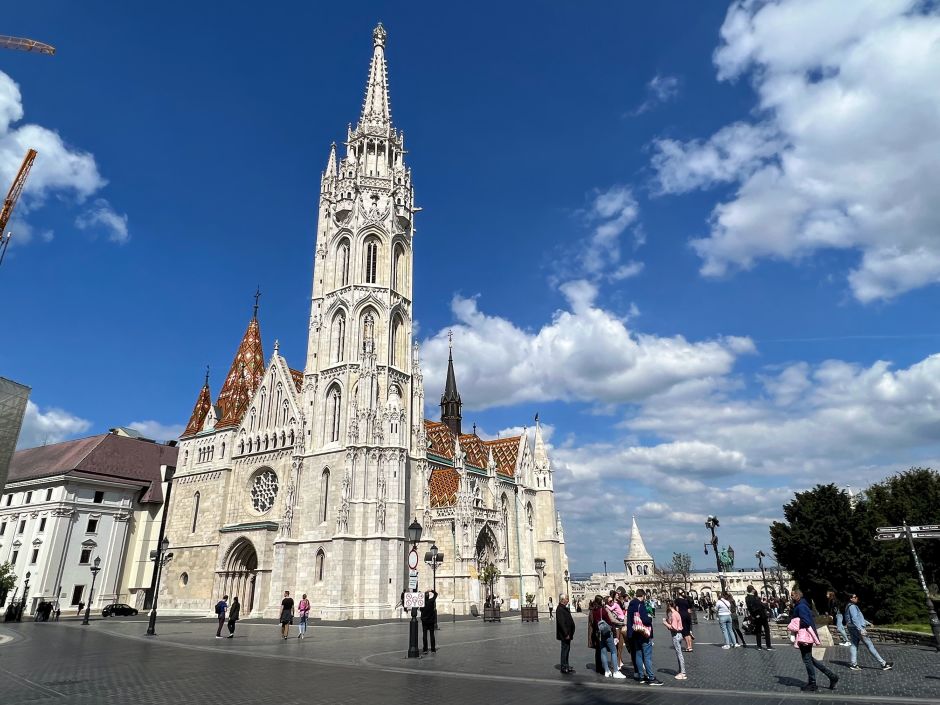
#1 - Roam the streets of the Castle Hill: Viewed from across the river, Budapest's Castle Hill can seem almost too picturesque and sublime but people actually live up there. Be sure to wander around the medieval Old Town, anchored by the Buda Castle, the Matthias Church, the Fisherman's Bastion, and the winding historic streets. Head to Ruszwurm pastry shop if it's time to break for hot chocolate and custard cake (krémes). This step-by-step guide could help you navigate.
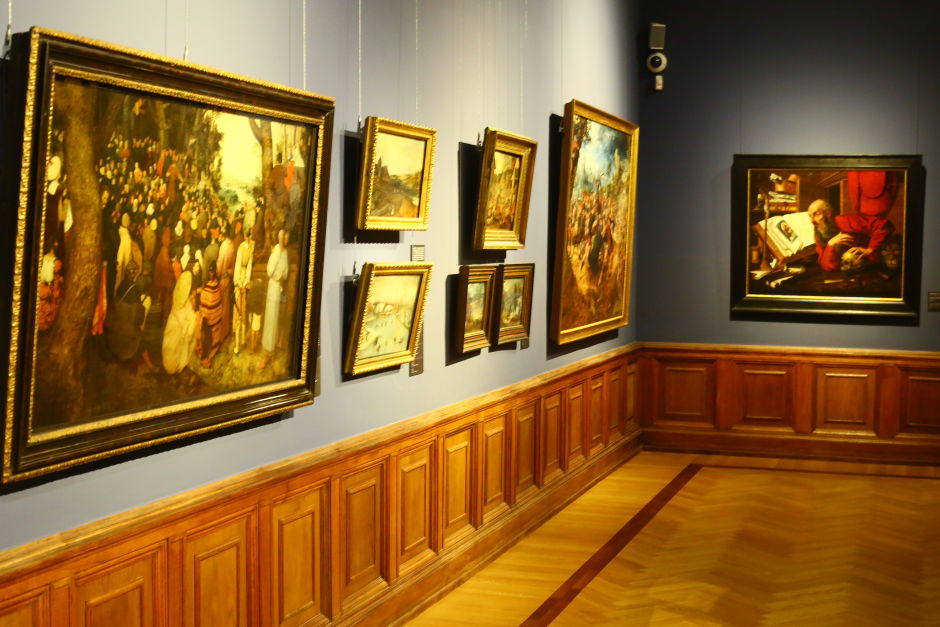
#2 - Go to the Museum of Fine Arts (Szépművészeti): The Museum of Fine Arts is often the greatest surprise for visitors to Budapest. The giant building flanking Heroes' Square holds a world-class collection of old masters paintings. Think Lucas Cranach the Elder, Albrecht Dürer, Raphael, Giorgione, Correggio, Titian, Bronzino, Tintoretto, El Greco, Pieter Bruegel the Elder, Peter Paul Rubens, Anthony van Dyck, Frans Hals, Jan Steen, Diego Velázquez, Francisco Goya, and many others.
How did all this come together in our neck of the woods? Most paintings had belonged to the Esterházy family, one of the wealthiest in Austria-Hungary, before the financially strapped Miklós Esterházy sold them to the state in 1871 (my favorites).
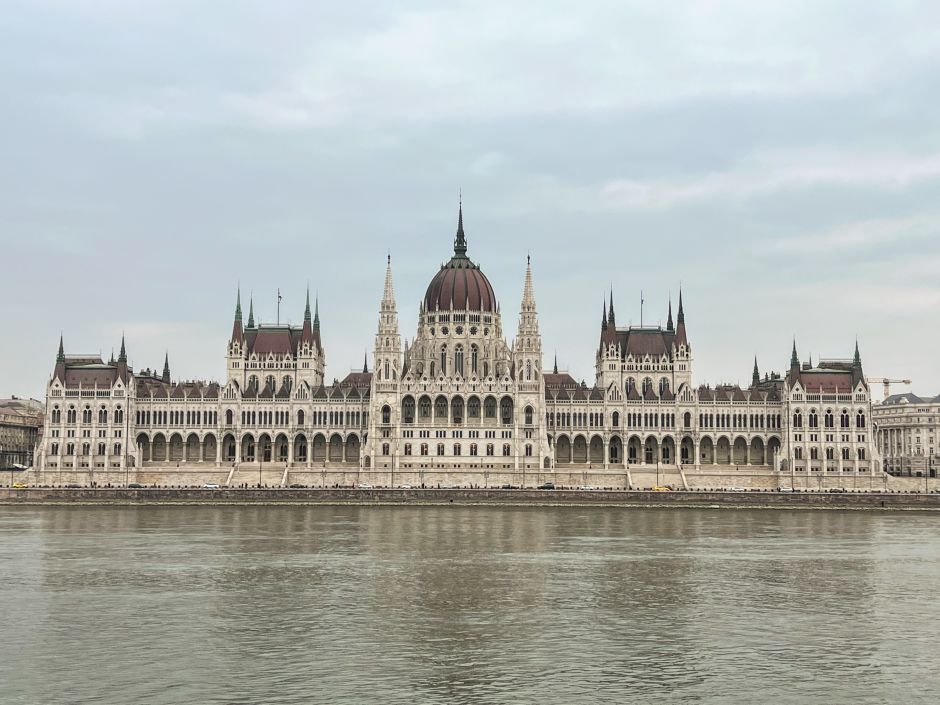
#3 - Visit the Hungarian Parliament & Liberty Square: Built during Budapest’s golden era when the city was a capital of Austria-Hungary, this monumental Gothic Revival building dominates its Danube bank. The 45-minute guided tour is just the right amount of time to appreciate the lavish interior without getting tired and lost in one of its 691 rooms. After the tour, you could pay respect to the Budapest victims of the Holocaust at the poignant Shoes Memorial just steps away on the riverbank. Nearby Liberty Square is also worth a glimpse for its strange amalgam of statues and gorgeous buildings.

#4 - Stroll down Andrássy Avenue: Named after Gyula Andrássy, the seminal foreign minister of Austria-Hungary and presumed love of Queen Sisi, this 2.3 km (1.4 mile) grand boulevard connects the city center with Heroes' Square and the City Park. Starting in downtown, you'll pass fancy retail stores, then end up among handsome villas, many of them embassies now, taking in the heart of the city along the way, including the impressive Opera House. As you saunter along, peep into the side streets too, all of them the result of the great 19th-century buildup of Budapest.

#5 - Go to a thermal bath: Budapest's bathing culture harks back to the Romans, who first enjoyed soaking in the mineral-rich hot water here. Today, you can visit medieval hammams built during Budapest's occupation by Ottoman Turkey or ornate baths dating back to Austria-Hungary. This thermal bath guide will help you choose one that suits you best.
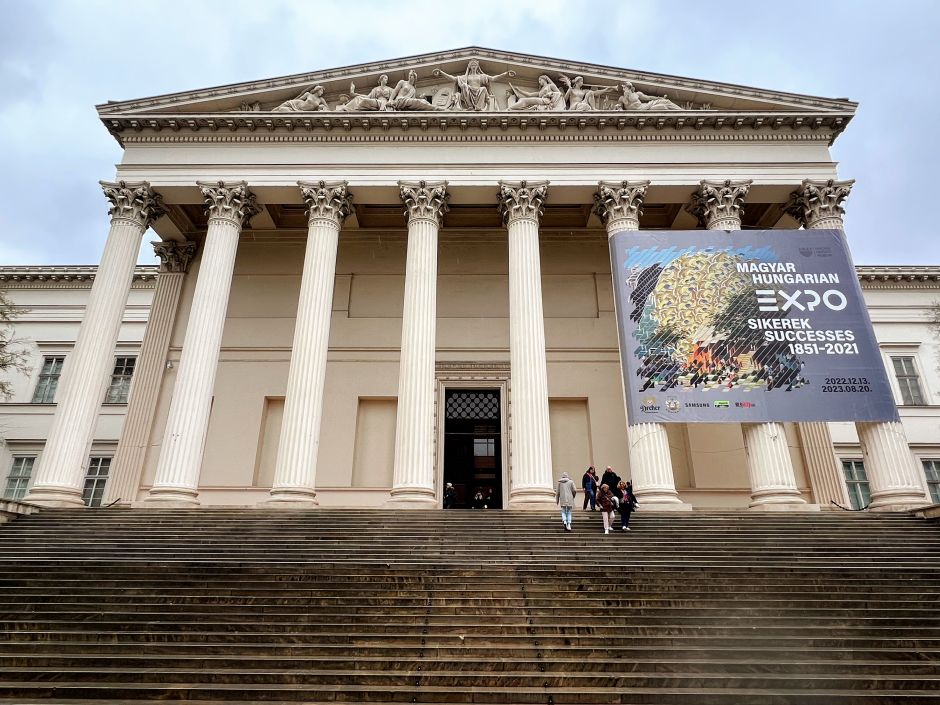
#6 - Visit the National Museum: Founded in 1802, the country’s oldest and most famous museum contains a spectacular collection. The ground floor sheds light on the people and the cultures that inhabited the Carpathian Basin – Celtic, Roman, German, Hun, Avar, Slavic, Hungarian, and many others. The upper floor, across 20 halls, traces the history of Hungary from its tribal beginnings through the Habsburg period to the 1989 fall of Communism.
Even if you don't feel like spending a whole day here, the astonishingly rich collection – with short and informative wall texts – is worth at least a glimpse (child-friendly, too). A special exhibition on the ground floor displays the Seuso Treasure, fourteen peerless silver vessels from the late-Roman era that were unearthed in Hungary. Afterward, you could wind down with an Esterházy cake at Geraldine pastry shop in the wonderful museum-garden.
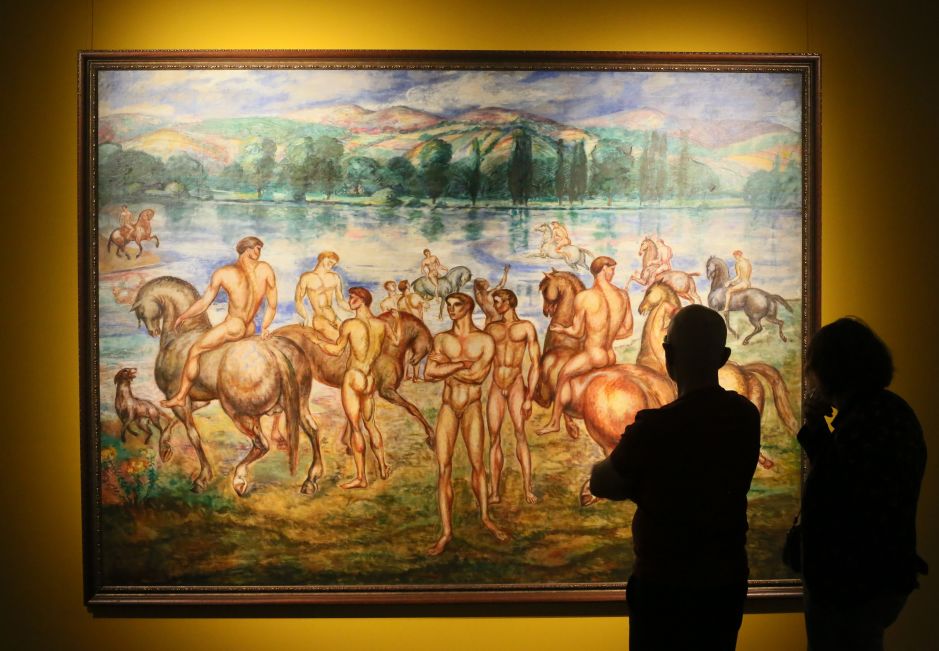
#7 - Go to the National Gallery: The National Gallery, located inside the Buda Castle, is home to artworks by Hungary's leading artists. 15th-century Gothic triptychs; neoclassical sculptures of István Ferenczy, known as the "Hungarian Canova;" strangely adorable Biedermeier paintings; the Hans Makart of Hungary: Gyula Benczúr; the solemn romantic canvases of László Mednyánszky; Károly Ferenczy's post-impressionism; the works by Nyolcak, the art group inspired by Fauvism and Expressionism; the proto-abstract Lajos Vajda; the haunting sculptures of Tibor Vilt. And so much more! More Budapest museum ideas.
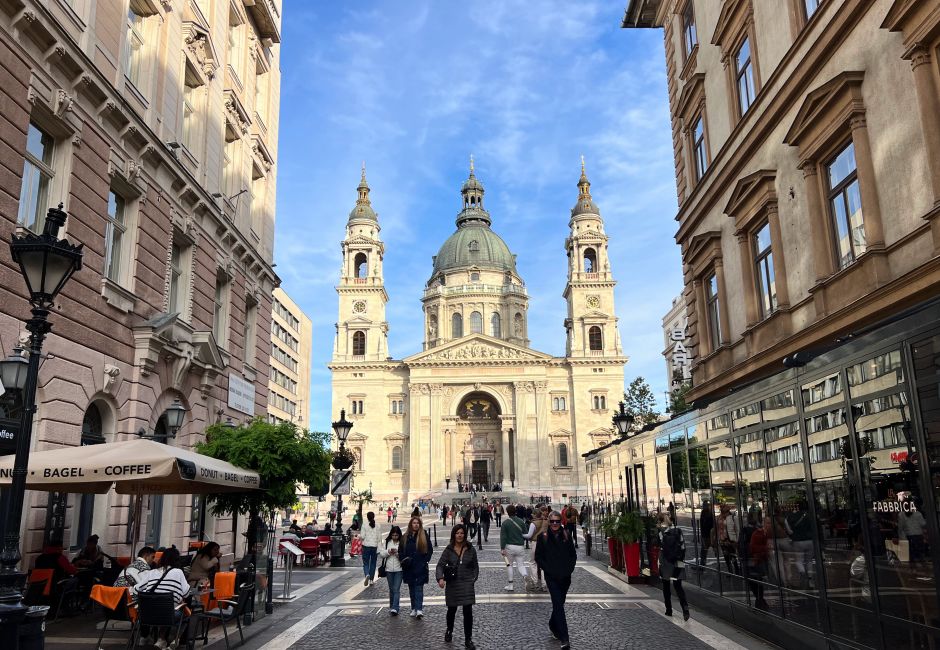
#8 - Take in the bird’s-eye view of Budapest from the St. Stephen’s Basilica: Named after Hungary's first king, the canonized Stephen, Budapest's biggest church is a beautiful fusion of early-renaissance and Roman details (Revival style: 1851-1905). Sculptures of Hungary's saints decorate the central plan of the inside – Stephen, Emeric, Gerard, Ladislaus, Elizabeth, and Margaret – and there's a wonderful painting by Gyula Benczúr showing the moment when Stephen offers the Holy Crown of Hungary to the Virgin. Via elevator or stairs, you can visit the dome, which offers completely open vistas of Budapest. (There's a small admission fee to both the church and the dome.)
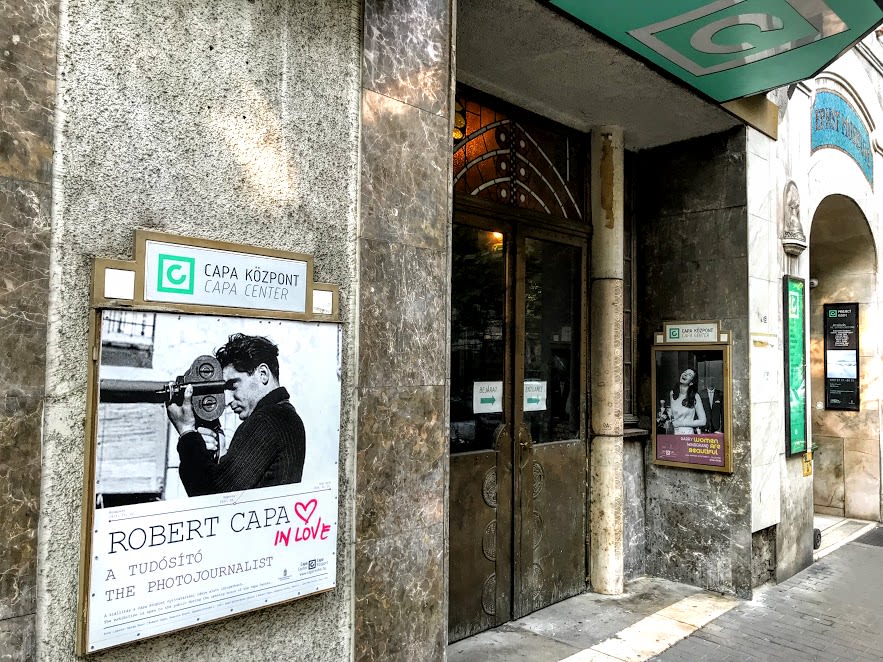
#9 - Go to a smaller museum: There are smaller, thematic museums in Budapest, for example one about Unicum, the iconic herbal liqueur, which, yes, does include a taste. Or the recently opened exhibition on Robert Capa, the famous war photographer. Or an architecture show inside a modernist house, the Walter Rózsi-villa. Is it stamps that get you going? No problem. Here, more Budapest museum ideas.
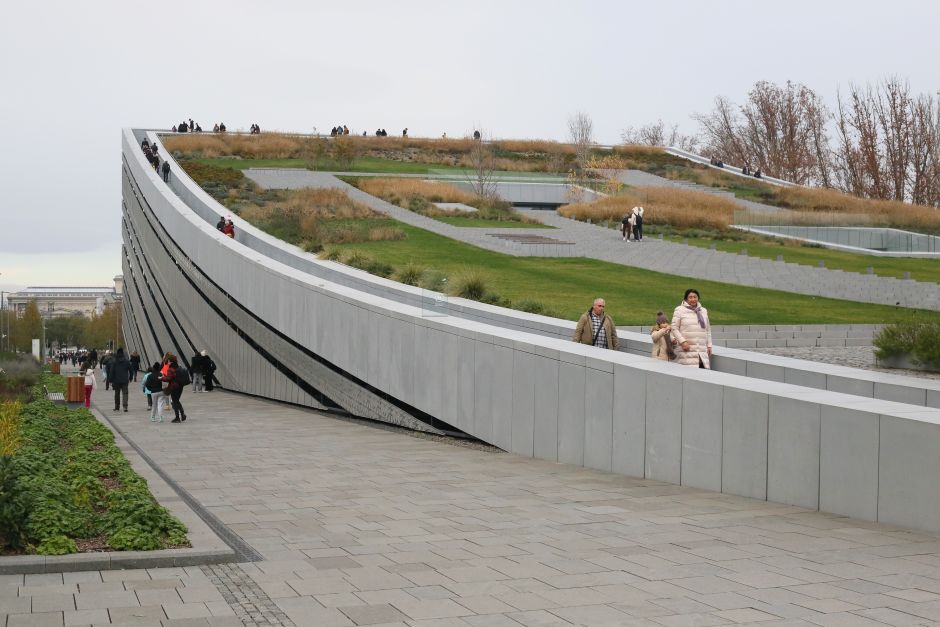
#10 - Wander through the City Park: With the completion of several striking museum buildings, Budapest's City Park has reinvented itself in recent years. Take in the eye-catching architecture of the Museum of Ethnography, the House of Music, the Millennium háza, the Vajdahunyad Castle, and the Széchenyi Baths as you roam the park. For those with children: the country's top playground is also here. You can walk to the City Park from downtown via Andrássy Avenue; on the way back, take the museum-worthy M1 Millennium Underground (see below).
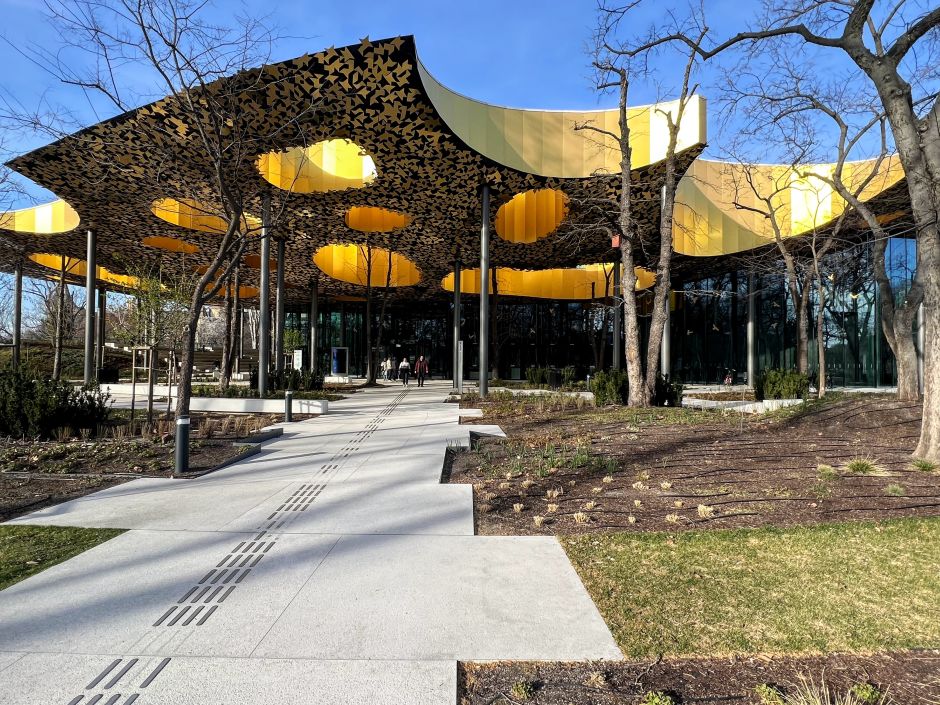
#11 - Go to the House of Music: Budapest's most recent museum tracks the development of music from its tribal beginnings to the present day. The high-tech exhibition halls provide countless samples and take visitors to detours about Hungary's great composers, such as Ferenc Liszt, Béla Bartók, and Zoltán Kodály. The museum is located inside an astonishing building designed by Japanese starchitect, Sou Fujimoto. Be sure to check their concert calendar, too.
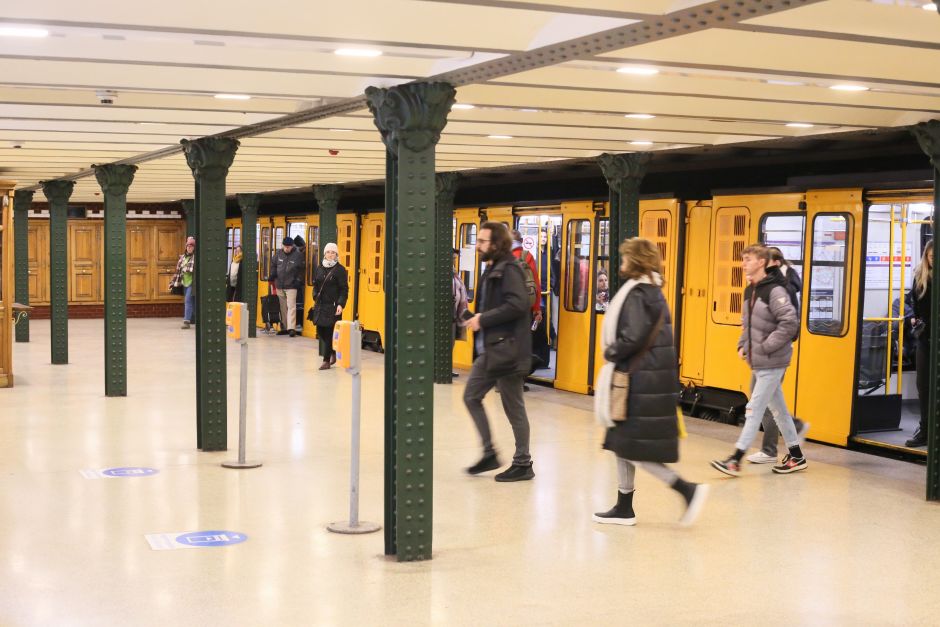
#12 - Take a ride on Europe's oldest subway line: Budapest's M1 line was completed just in time for the thousand-year birthday celebrations of Hungary in 1896. The adorably undersized cars, at least by today's standards, connect the city center with the City Park and Heroes's Square (locals refer to it as the "kisföldalatti," meaning small underground). The stations are located conveniently close to the ground level and the train runs below Andrássy Avenue, so you can hop on for a few stops for the experience (tickets are sold at the machines). Just be sure to watch your head.
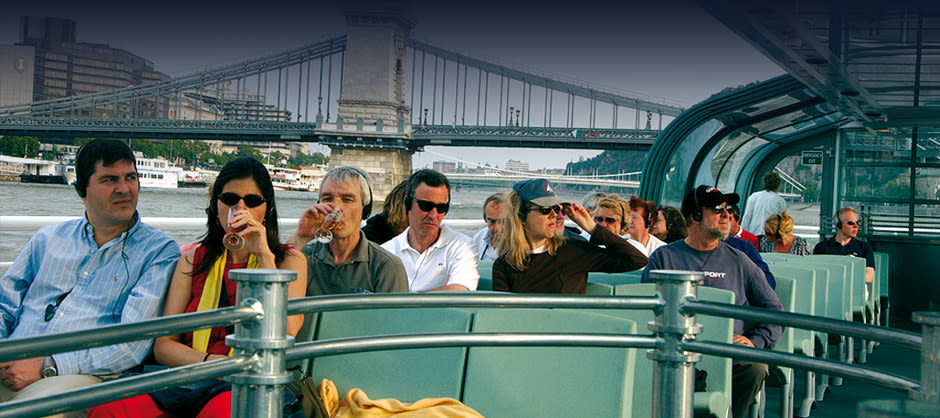
#13 - Take a river cruise on the Danube: It's one of the best ways to appreciate Budapest's beauty in the fullest. As part of a cruise ride, which takes about an hour, the Chain Bridge, the Buda Castle, the Hungarian Parliament building, and Margaret Island all appear within arm's reach. There are many cruise operators to choose from; my experience is that Legenda offers a consistently comfortable experience (and audio guides in 30 languages).
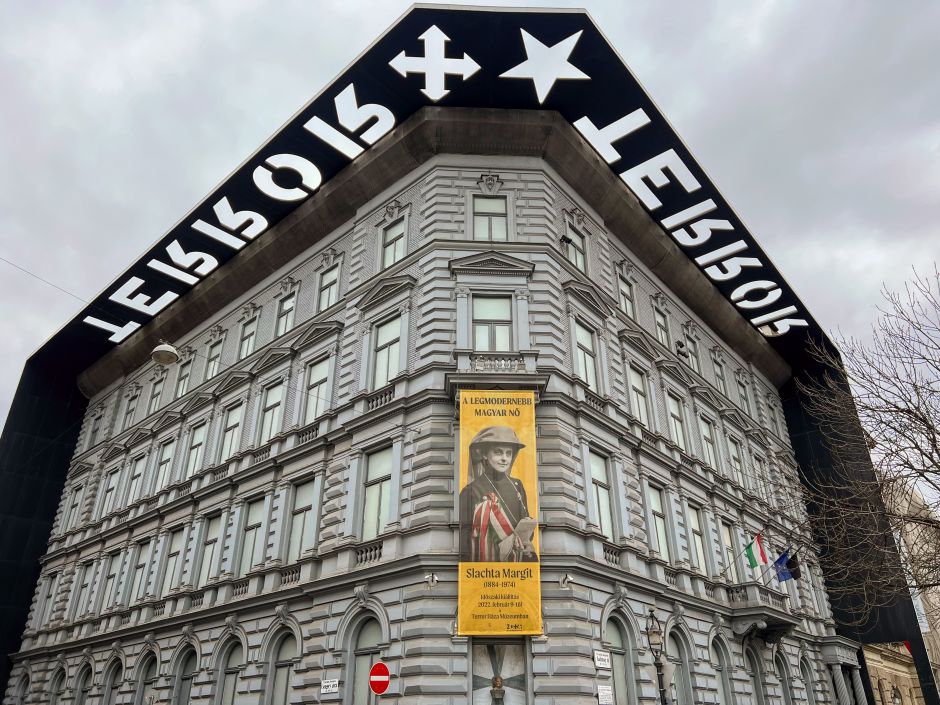
#14 - Learn about the Communist-era at the House of Terror: Democracy may indeed be the way forward, but Hungary is still suffering the legacy of the four-decades-long Communist regime that reigned until 1989. This museum, inside the building that once headquartered the Communist secret police, is a must-see for anyone interested in exploring Hungary’s past and understanding its present.
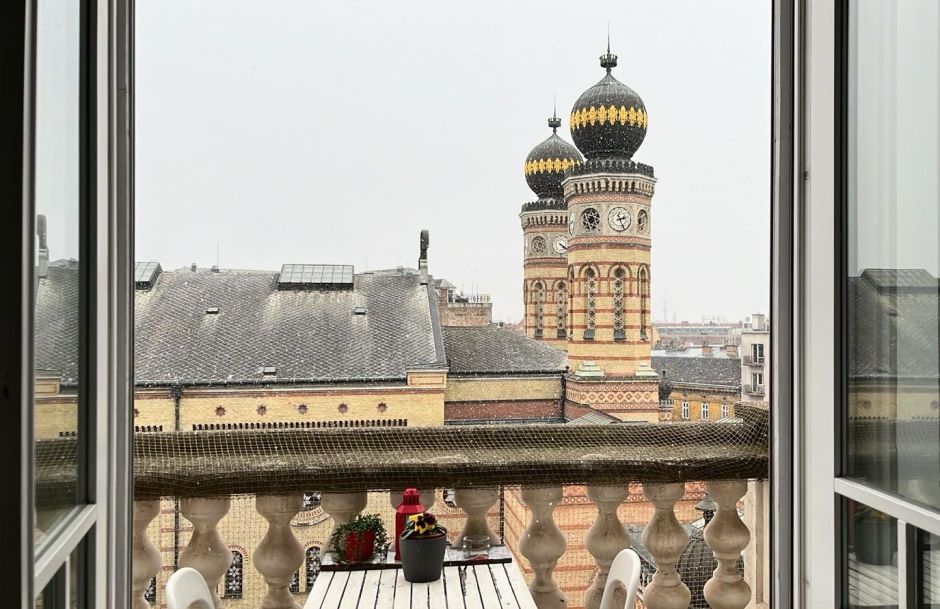
#15 - Stay in a panoramic one-bedroom apartment in the heart of Budapest
Consider staying at this cozy one-bedroom apartment during your Budapest trip. The fifth-floor place is located in the heart of town, just steps from the lively Jewish Quarter. The balcony overlooks the Dohány Street Synagogue as seen above. I only accept advertisements from tried-and-tested sources and this Airbnb rental is one of them.
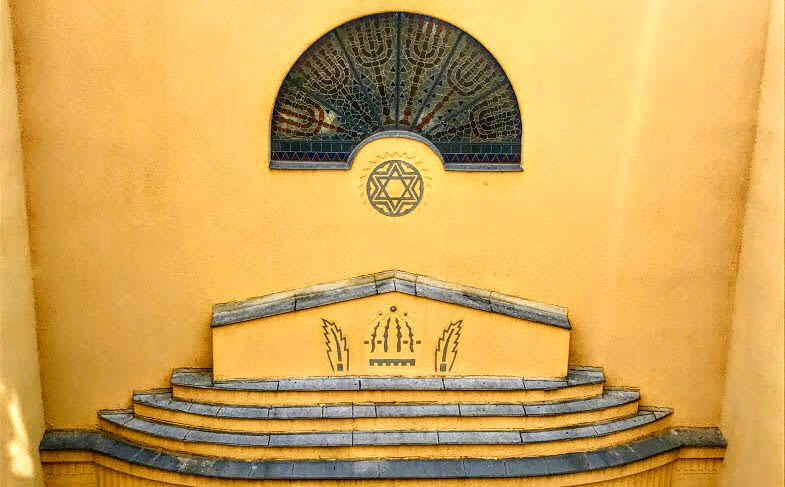
#16 - Walk the “synagogue triangle” in the old Jewish Quarter: Before Hungary’s alliance with Nazi Germany and participation in the Holocaust, the country was home to a thriving community of almost one million Jewish people. In Budapest, where nearly a quarter of the population was Jewish, Jews had been central to the development of the economy, the arts, and many academic fields. Inside the city's old Jewish Quarter, you can visit three dazzling synagogues near one another – Dohány, Rumbach, Kazinczy – including Europe’s biggest in Dohány Street.

#17 - Pay Tribute to Budapest's Holocaust Memorials: As mentioned above, Jewish people contributed immensely to Budapest transforming into a successful metropolis by 1900. Unlike in Vienna, antisemitism was rooted out by the political leadership of Hungary until WW I. Not so in the period that followed: with active support from locals, nearly all Jewish people from the Hungarian countryisde were deported to Auschwitz in 1944 and most of them killed there. Budapest fared better, but members of the Arrow Cross movement murdered thousands. Here, the main memorials.

#18 - Explore the Great Market Hall: Opened in 1897, this enormous brick-and-steel indoor market is usually teeming with tourists, but plenty of locals, too, come here for fresh fruits, vegetables, and paprika-laced sausages. Upstairs, amid vendors of knick-knacks and tchotchkes, you'll find food stalls that serve lángos, a popular flatbread topped with sour cream and cheese.
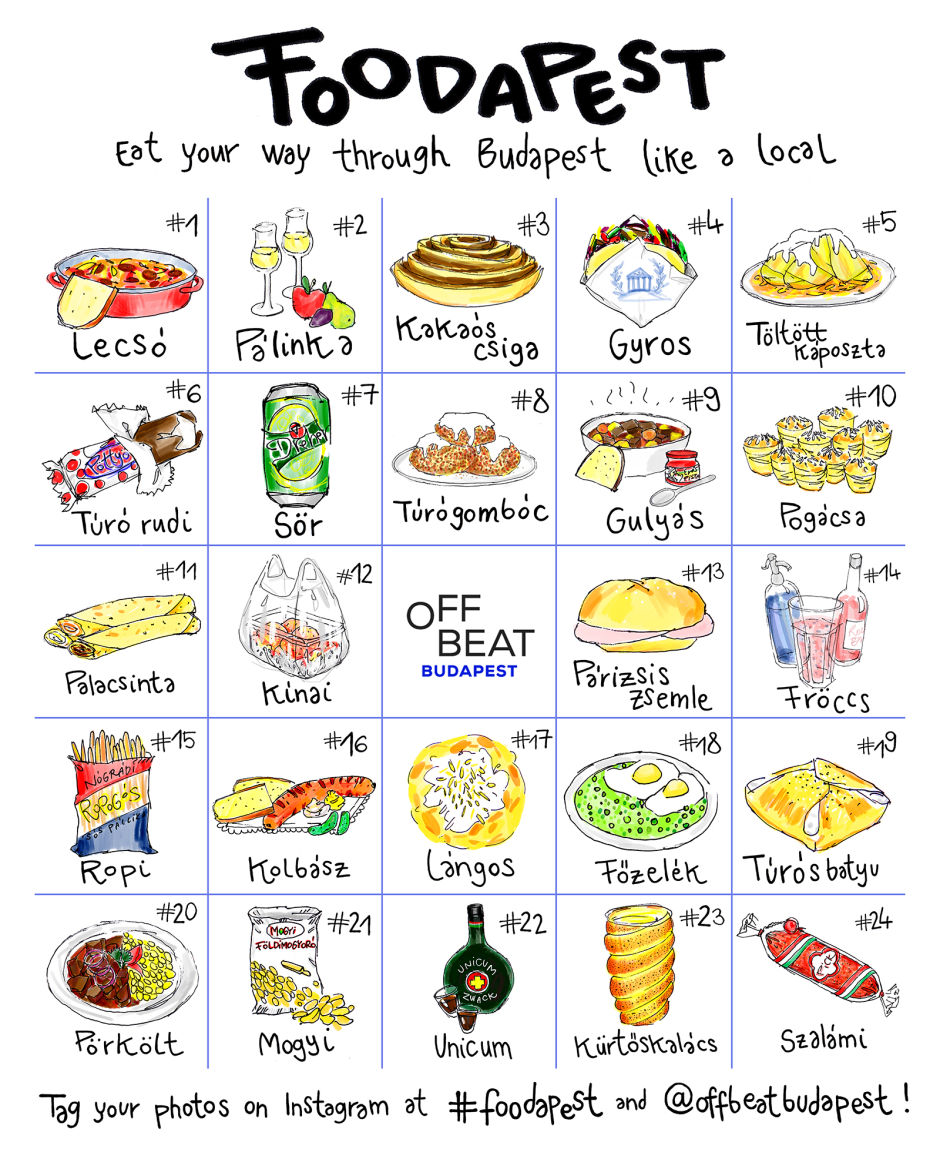
#19 - Eat your way through the city with my Foodapest card: I've logged some essential foods and drinks that Budapest locals rely on to get through their days. Note: this isn’t a list of strictly traditional Hungarian fare; rather, it’s an honest cross-section of what many Budapest residents actually eat and drink. You could read this brief explainer to each of the featured items, or simply print the card and go at it.
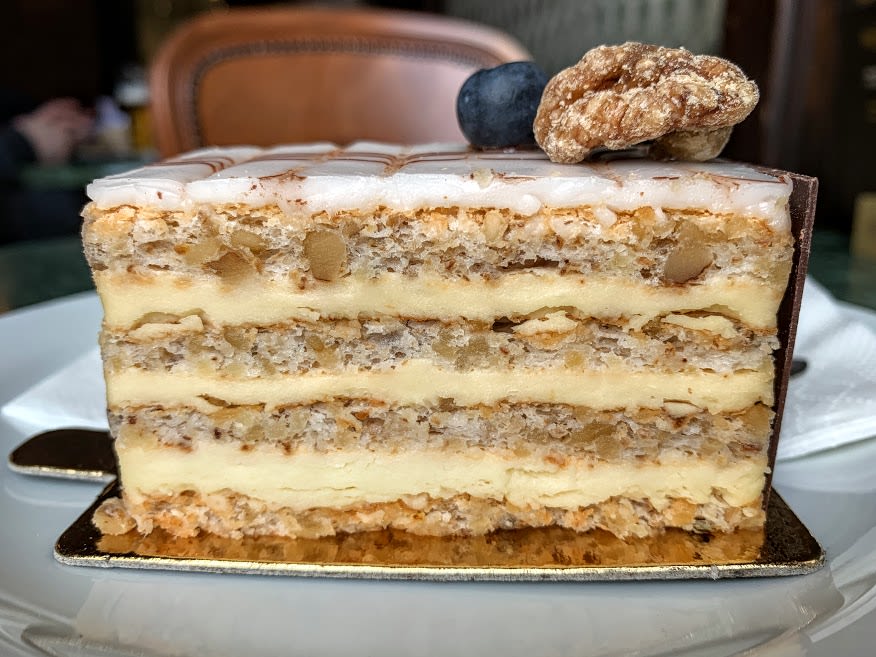
#20 - Go to a pastry shop: Originating in the days of Austria-Hungary, there's still a vibrant pastry culture in Budapest. After all, who doesn't like to socialize over luscious cakes and hot chocolate? Many pastry shops (cukrászda) scatter across the city and these are among my favorites for a Dobos or an Esterházy torte. Before you trip, you could familiarize yourself with the most popular cakes in Hungary.
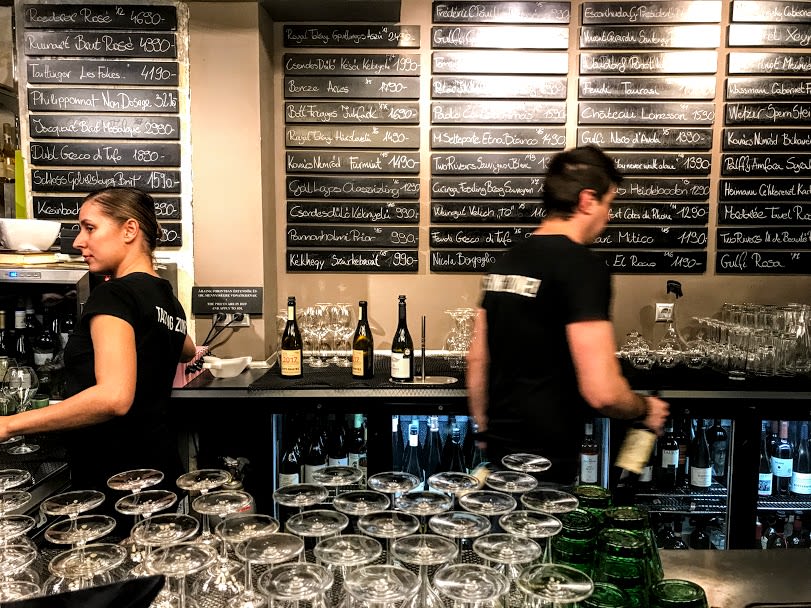
#21 - Try Hungarian wine: Unlike beer, wine has been essential all throughout Hungary's history, with Tokaj being the most renowned wine region. Native grapes include furmint and hárslevelű (white) and kékfrankos/ Blaufränkisch (red), which you can try at these Budapest wine bars. If you're new to Hungarian wines, you could read my beginner's guide.
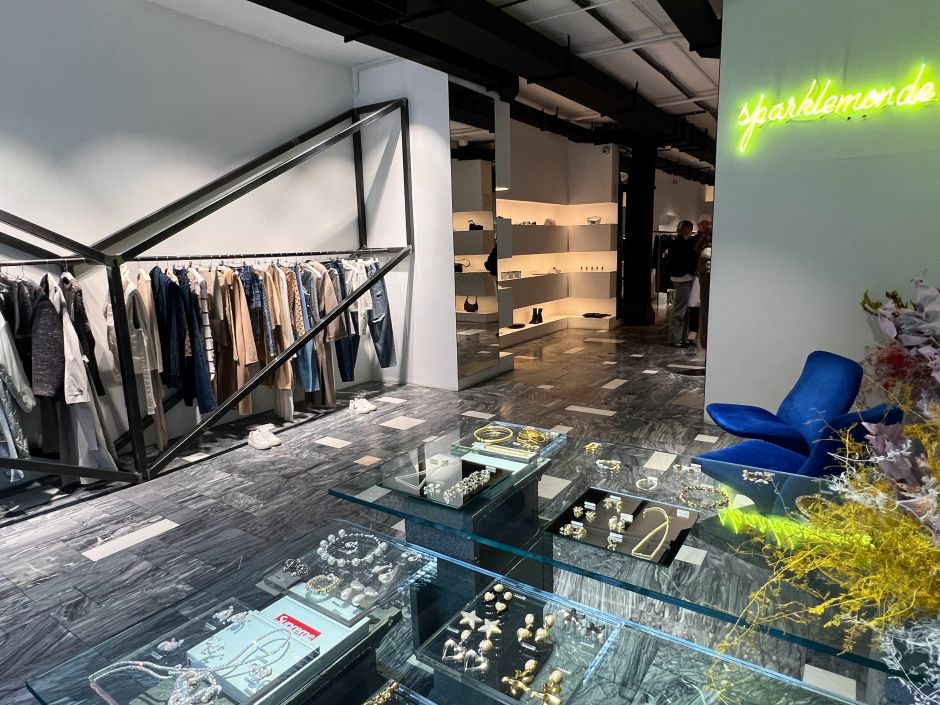
#22 - Go shopping: Budapest's shopping options span antiques, contemporary designer clothing, high-end porcelain, vinyl records, handmade shoes, craft chocolate, Tokaj wines, and many more. See if the city's top retail stores offer something of interest to you.
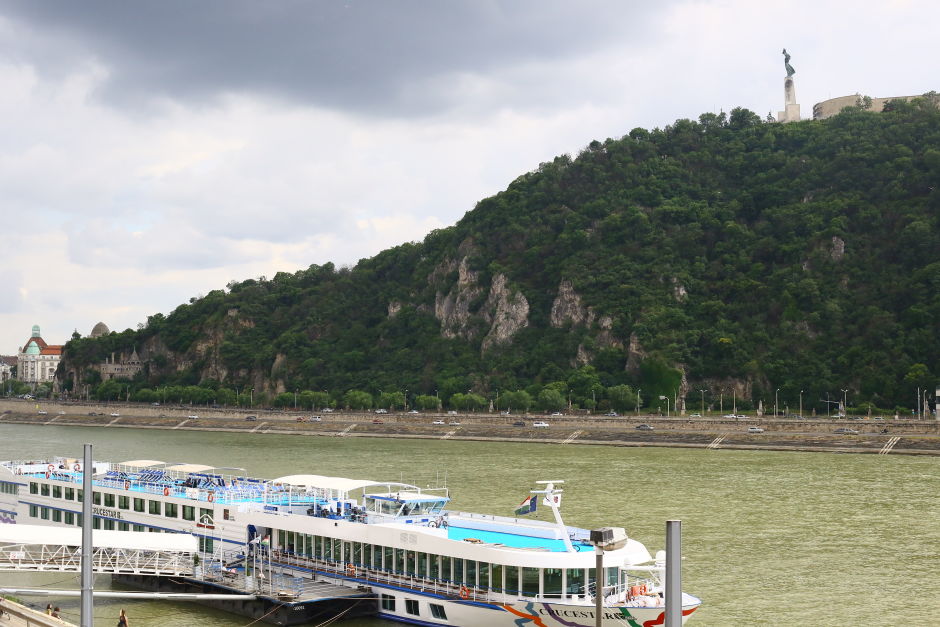
#23 - Climb up to the Liberty Statue: The reward of the half-hour cardio exercise that's required to mount the verdant Gellért Hill is the sweeping 360-degree views of Budapest. Up top, the Liberty Statue was erected in 1947 to honor the Soviet troops that liberated Budapest from the Nazis. The torso beside it is what remained of the fortress from which Habsburg troops monitored their perennially recalcitrant Hungarian subjects after the Revolution of 1848-1849. For the best experience, take the quieter path setting off opposite the Gellért Baths and descend on the other side. (I know people who bring along a chilled bottle of Tokaj wine for the hike and I don't blame them.)
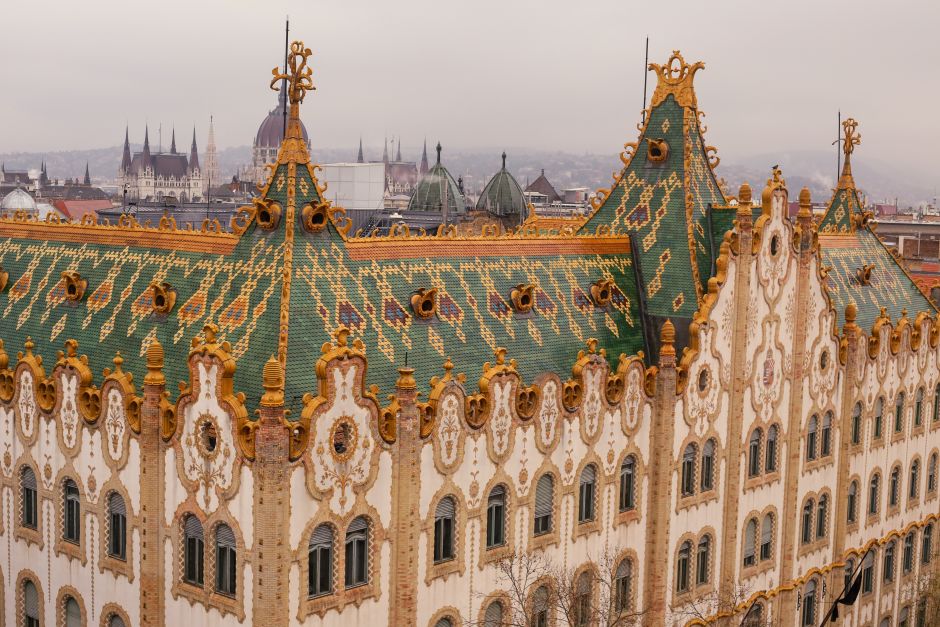
#24 - Take in the city's architecture: Budapest offers plenty of eye candy for architecture fans. The consistent revival style from the turn of the 20th century still dominates the cityscape, but also interesting are the Neoclassical residential houses from the early 19th century (mainly along Nádor utca) and the buildings of Ödön Lechner, who pioneered Hungary's distinct style of Art Nouveau. Here, my 100 favorite buildings in Budapest. (You could also find out what caught the eye of a Pritzker juror during his recent visit to Budapest.)
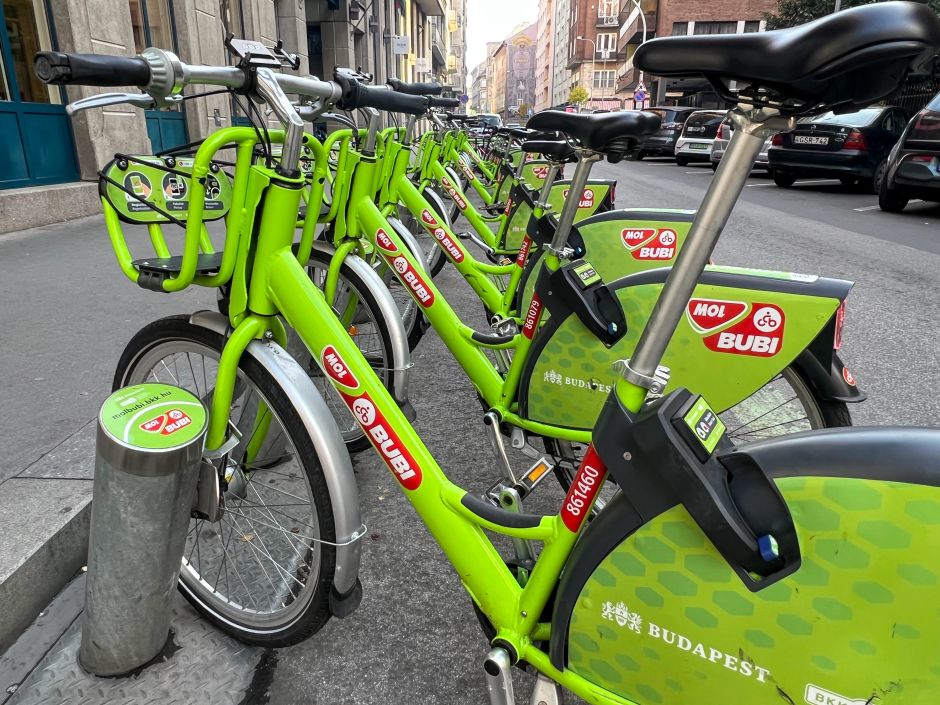
#25 - Use MOL Bubi, Budapest’s city bike system: With densely built streets and a flat surface, the Pest side lends itself to be discovered on two wheels. Bubi (App Store; Google Play) provides an excellent coverage of all downtown neighborhoods, featuring more than 1,800 bikes and 200 docking stations. You can pedal away at wallet-friendly rates – a 30-minute ride amounts to the Hungarian forint equivalent of €3. Just keep your wits about you and be respectful of others sharing the road. (More tips about getting around Budapest.)
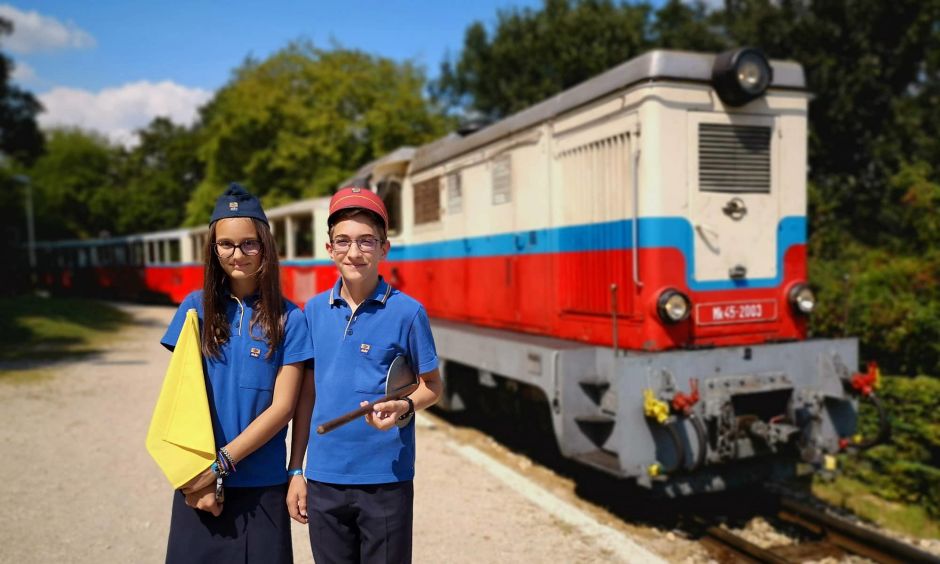
#26 - Take the Children's Railway and the Libegő chairlift: Since 1948, Budapest has had an official rail line operated by children with adult supervision. The small train lumbers through beautiful nature with occasional panoramic vistas over Budapest. You could get off at Jánoshegy and take the Libegő chairlift down from the hillside, also with striking views. The Children's Railway departs from Hűvösvölgy, reachable in half an hour from the city center by public transport. Naturally, both of these activities are ideal for families with small children.
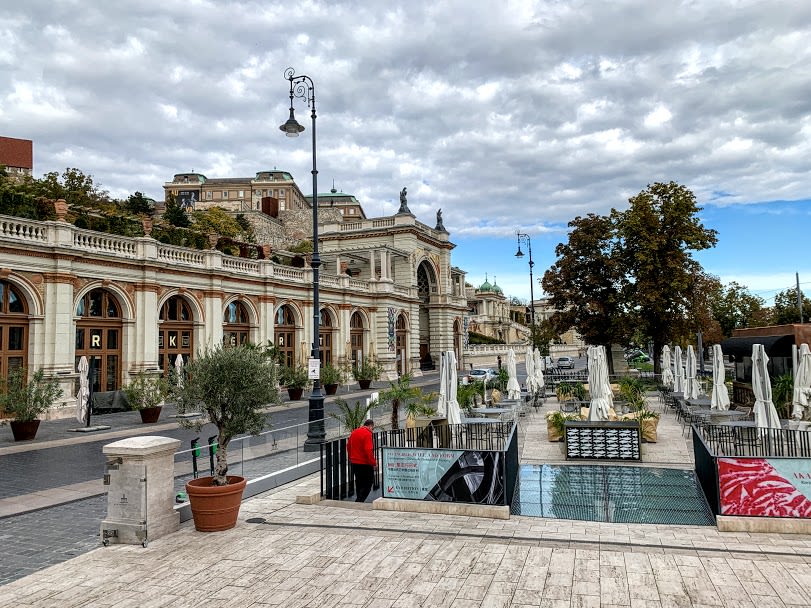
#27 - Amble through Várkert Bazár: These neo-Renaissance pavilions lie between the Castle Hill and the Danube's bank. In the past, the area was home to everything from retail stores to artists' studios and open-air concerts; today, you're here for the panoramic views, the expansive lawn, and the temporary exhibitions both inside (YBL6 Művészeti Tér) and out. Note that there's direct access to the Royal Castle, so you can combine this with #1 above.
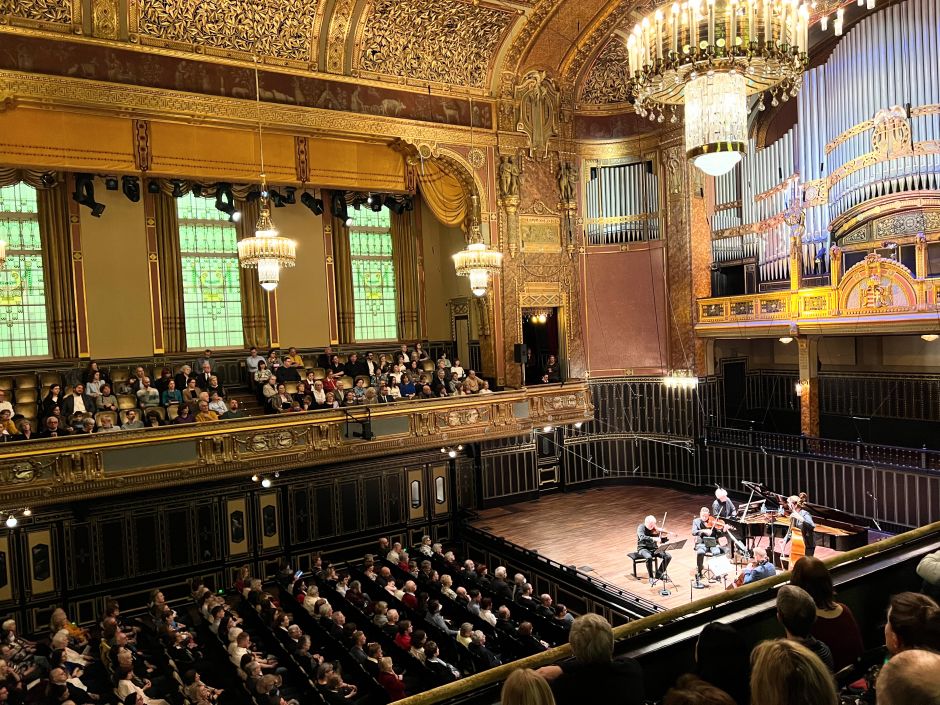
#28 - Go to a classical music concert: Every year, many tourists head to Budapest specifically for its rich classical music scene, which is far from stuffy or old-fashioned. You could start by perusing the musical calendars of Müpa Budapest, the Liszt Academy, and the Hungarian State Opera. Iván Fischer's Budapest Festival Orchestra is another option, as is the Hungarian National Philharmonic and the Bartók Memorial House. If experimental contemporary art is what you're after, head to Trafó.
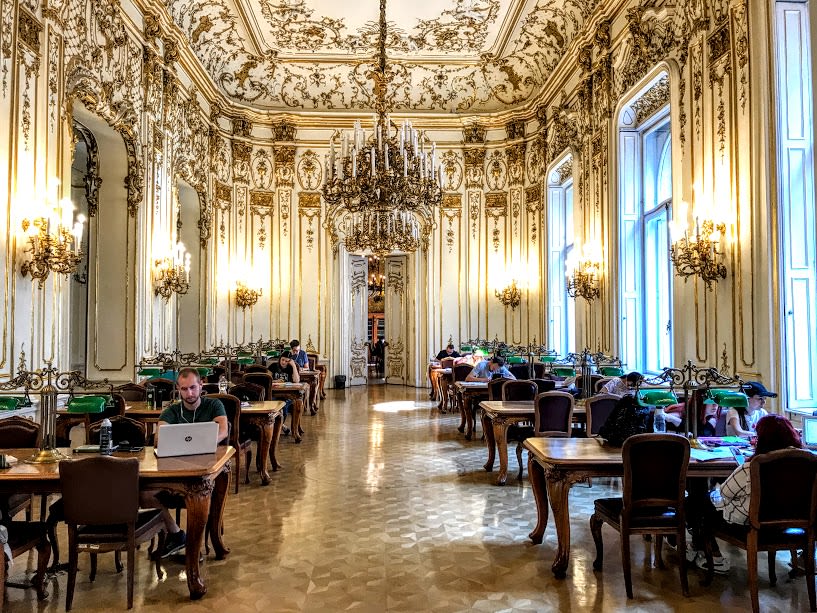
#29 - Discover the Palace Quarter: Budapest's Palace Quarter (inner part of District 8) was once the most desirable and the playground of the Hungarian aristocracy. The neighborhood cradles the giant Neoclassical building of the National Museum (1837-1847) and its polished garden filled with an array of fascinating statues. Those residential palazzos behind the museum, for example, belonged to the Festetics, the Esterházy, and the Károlyi families each.
Communism’s gray pallor is still notable, but the area is springing back to life thanks to hip cafes (Lumen), student bars (Fecske), craft beer bars (Mixát), smashed-burger joints (Smashy) and pastry shops (Geraldine, in the museum garden). There's also a wonderful second-hand clothing store: Typo Showroom.
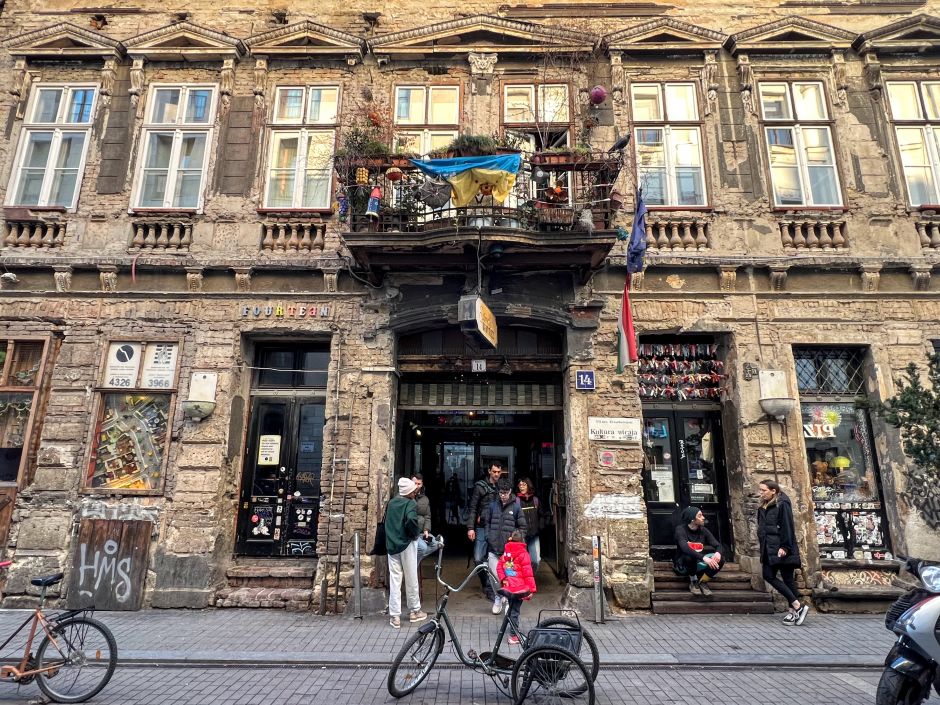
#30 - Grab a drink at a ruin bar: Budapest’s ruin bars appeared in the early aughts when a few creatively minded locals opened unpretentious drinking joints inside the neglected buildings of the old Jewish Quarter that barely escaped the bulldozers. Cheap drinks and a hodgepodge of flea-market furniture became their defining featues. Although Szimpla Kert, the city’s first ruin bar, has become a major tourist attraction, it has retained some of its native spirit and is worth a visit.
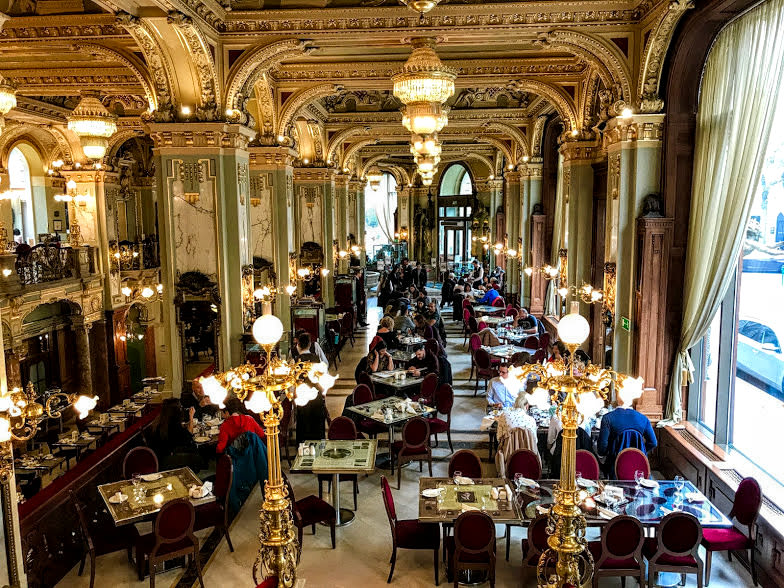
#31 - Travel back in time at a coffeehouse: Similar to Vienna, Budapest enjoyed a thriving coffeehouse culture in the late 19th century. The city's fast-growing population, especially artists and journalists, spent endless hours working and socializing under the sky-high ceilings. Though popular tourist attractions today, the few coffeehouses that remain offer a journey back in time in addition to coffee and cakes.

#32 - Experience the contemporary side of Budapest: Sure, you don't need to come all the way to Budapest to try specialty coffee, craft beers, or bespoke cocktails, but if you're already here, you could see how the local artisanal scene stacks up against those in other cities you've visited. Budapest's specialty coffee culture and new-wave pizza shops are especially vibrant.
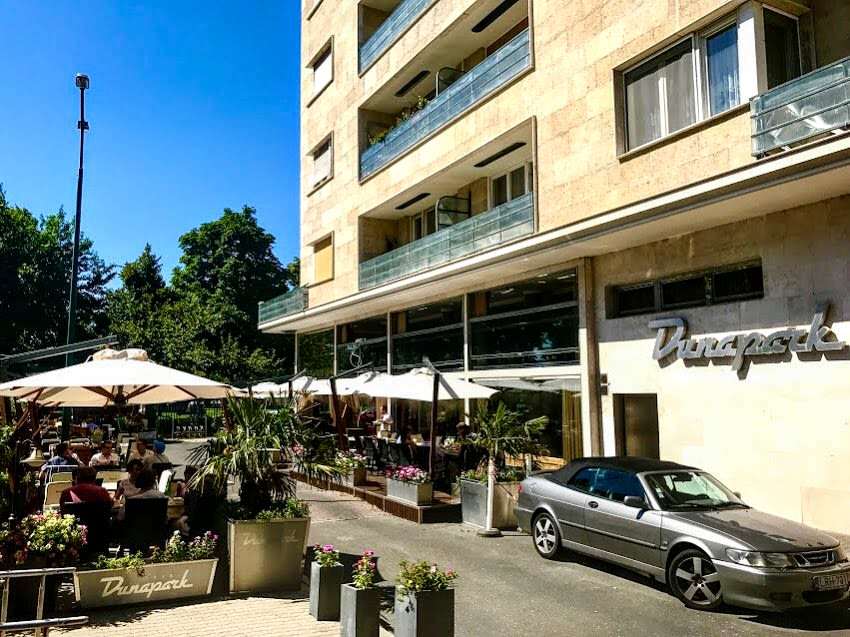
#33 - Visit Újlipótváros, a lively residential area set along the Danube: With a unique architecture and well-heeled residents, Újlipótváros is a little city within the city that flies under the radar of most tourists. Specialty cafés, bookstores, art galleries, and impressive modernist buildings from the 1930s and 1940s line Pozsonyi út, the artery of the neighborhood.

#34 - Visit the Lehel Market: Inside a quirky postmodern building lies one of Budapest's busiest markets. You'll find here everything from Hungarian cold cuts to fresh and pickled vegetables and homemade jams. Also low-priced drinking joints where you can accompany local regulars for a beer and a shot of Unicum, the local herbal liqueur. Compared with the Great Market Hall, Lehel draws fewer tourists. For the best experience, visit on a Saturday morning and combine with a visit to Újlipótváros (see above).
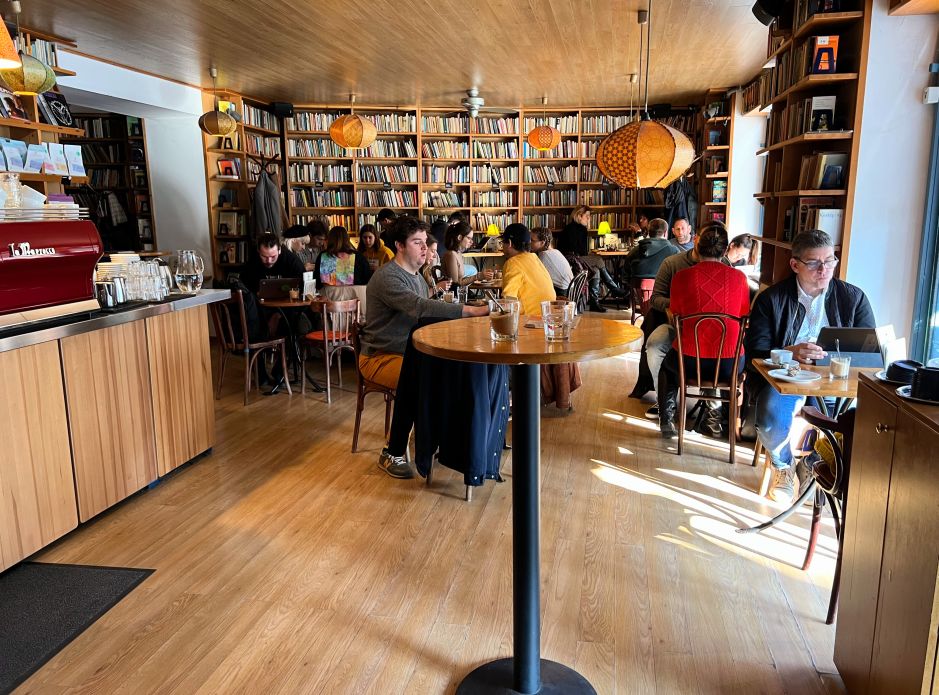
#35 - Discover the Bartók Béla Boulevard: In general, the Pest side is where most of the action is, but Bartók Béla Boulevard in Buda gives it a run for its money. This revitalized area is teeming with cafés, bars, and art galleries. Local residents are an eclectic mix: fashionable Millennials, engineering students from the nearby university, and old-timers. A dip at Gellért Baths followed by delicious morning pastries at Pékműhely and coffee at Kelet would be my kind of day.
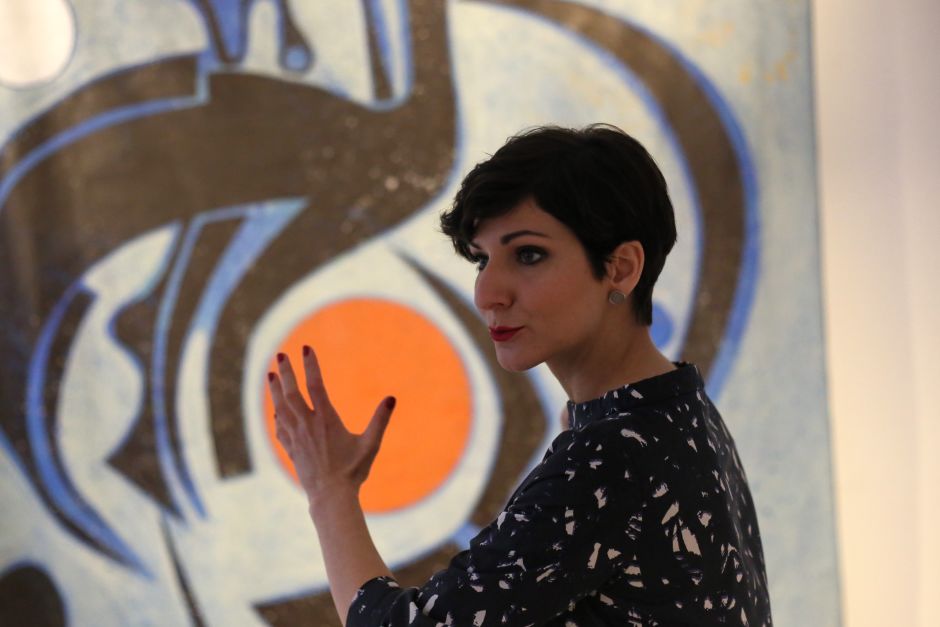
#36 - Go to an art gallery: After more than four decades of Communist-era censorship, Budapest's art world is slowly coming back to life. At the city's leading contemporary art galleries you can sample anything from early modernism to 1960s conceptual art to works of the younger generations. Most artworks command high prices but the shows are free and open to the public.
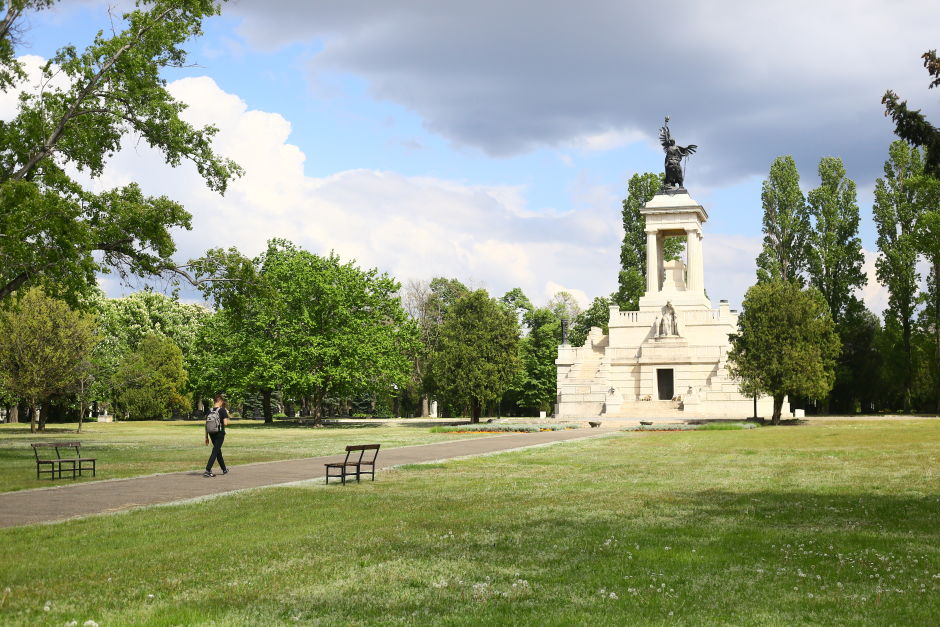
#37 - Explore the Fiumei Road Cemetery: This vast 56 hectare (140 acre) park near the city center hides a beautiful garden cemetery. Stroll through the towering limestone mausoleums and impressively designed tombstones while getting to know Hungary’s prominent statesmen (Lajos Kossuth, Lajos Batthyány, Ferenc Deák), artists (Mihály Munkácsy, Ödön Lechner, Tivadar Csontváry Kosztka) and many others, for example the Gerbeaud family who was behind famous pastry shop in downtown. Also here: heroes from the Communist period.
In the back but accessed from outside is the Salgótarjáni Street Jewish Cemetery, with the funerary monuments of the Jewish upper class, including such well-known industrialist families as the Weiss von Csepel, the Hatvany-Deutsch, and the Buday-Goldberger.
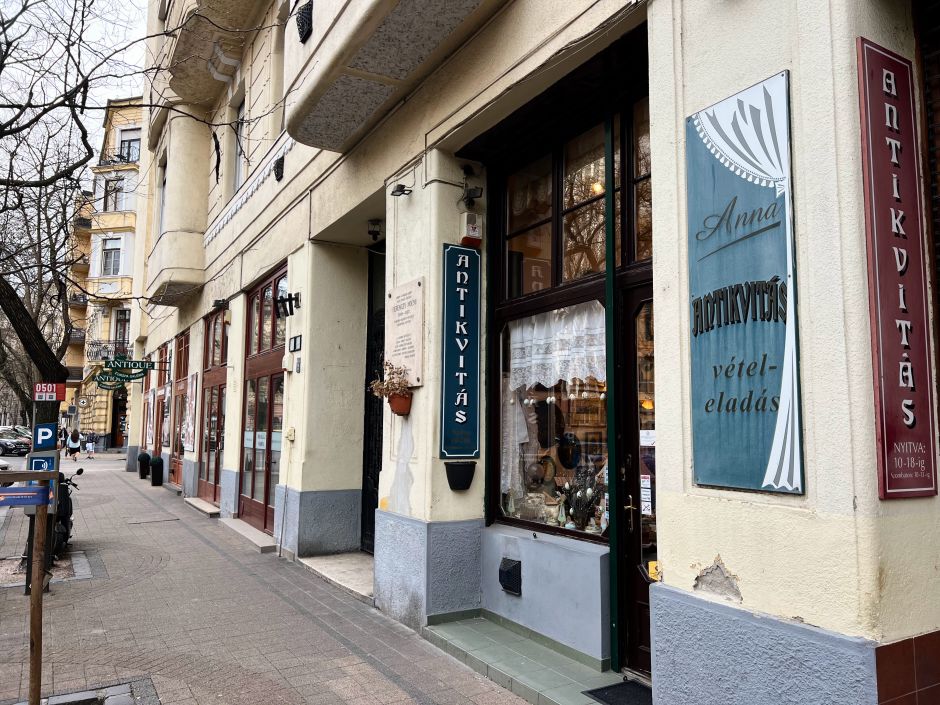
#38 - Visit Budapest's antique row: Named after the journalist who tutored Queen Sisi in Hungarian language, downtown’s Falk Miksa Street is known for two things. One, it’s lined with grand apartment buildings from the Austrbo-Hungarian period, many with seriously elaborate entrance portals and vestibules. Two, it’s also lined with antique stores, more than 30 in total. Most of them are relatively upscale establishments, selling paintings, silver and porcelain dishware, and furniture, but those in search of tchotchkes and knick-knacks can also satiate themselves.

#39 - Walk or bike around Margaret Island: This car-free, leafy island perched in the middle of the Danube River is a true paradise – no wonder the Habsburg family kept it close to its chest before finally selling it to the city in 1908. Bike around the island's manicured lawns; observe the remains of the medieval monastery where lived Saint Margaret (1242-1270), daughter of King Béla IV; see how many busts of Hungary's greats you can recognize along the "artists' promenade;" or join packs of locals on the running track ringing the island.

#40 - Eat in Budapest's Chinatown: With more than 30,000 people, Budapest's Chinese community is the biggest in Central Europe. This means that excellent Chinese food abounds, be it Sichuan fare, seafood, noodle soups, or Chinese hotpot. Budapest's Chinatown (Monori Center) is located a bit outside the city center, reachable in half-hour by public transport. The restaurants with easily approachable Chinese food include Hehe, Dabao (for dumplings), Shandong, and Hong Kong.
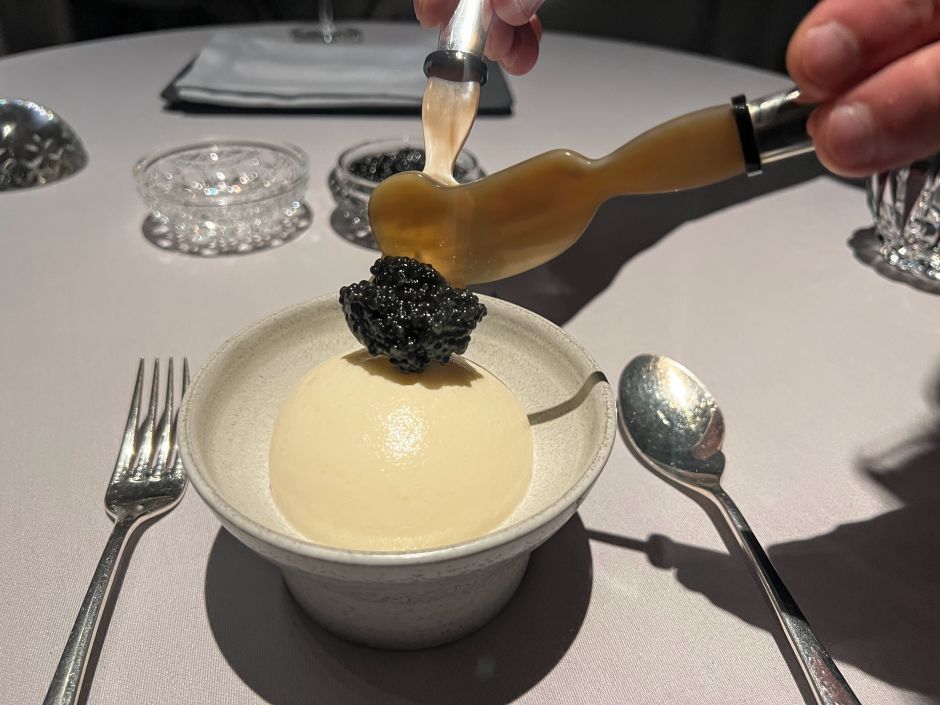
#41 - Go to a Michelin-starred restaurant: While a Michelin meal always runs the risk of being a bit over-the-top, Budapest's Michelin-starred restaurants could still be worth a visit: most of them showcase a unique blend of traditional Hungarian fare and contemporary fine dining trends.
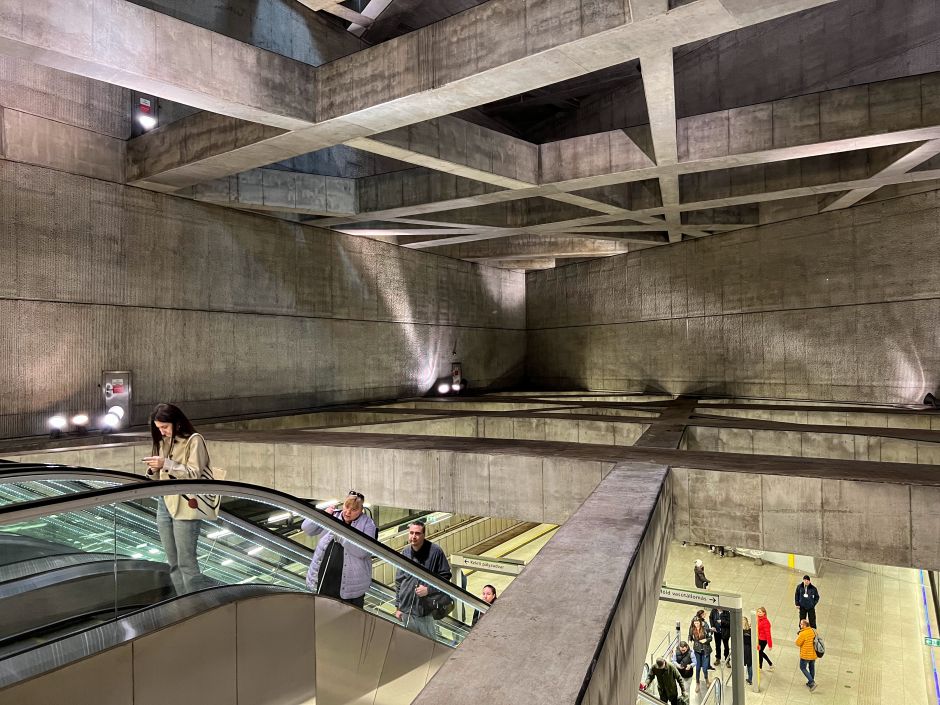
#42 - Check out the award-winning M4 subway stations: A crisscross system of exposed concrete beams, playful lighting solutions, and customized designs lend a distinctly 21st century feel to the platforms of Budapest's recently completed M4 subway line. The Fővám Square and Szent Gellért Square stations won the prestigious Architizer A+ Award in 2014.
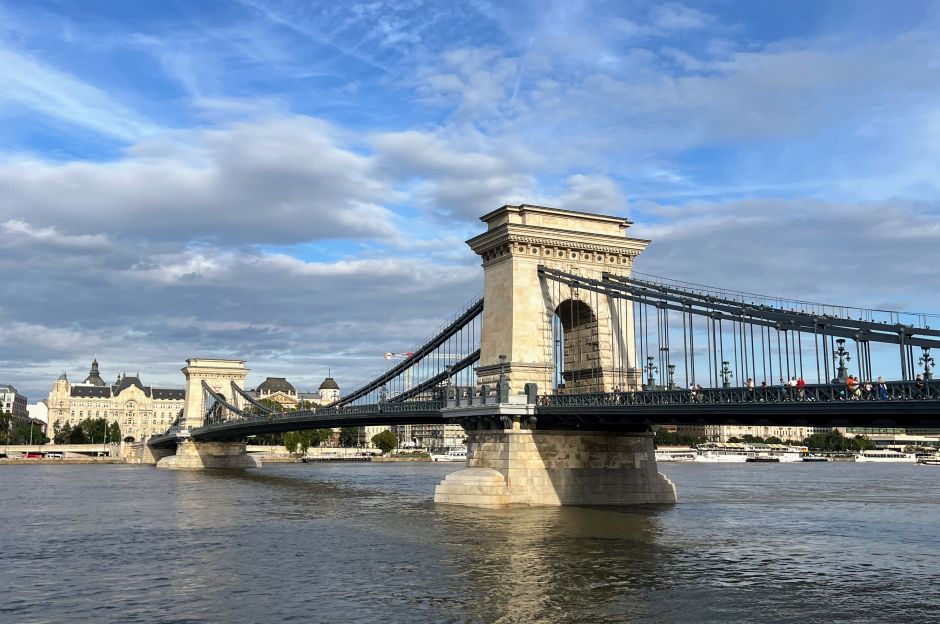
#43 - Walk across the Chain Bridge: The first permanent connection between Pest and Buda, the Chain Bridge is a symbol of the city. It dates back to the first half of the 19th century when the ancient world inspired architecture, hence those stone pillars resembling a Roman triumphal arch. During the 1945 siege of Budapest, both the advancing Soviet and the retreating German armies tried to blow up the bridge (the Germans succeeded in this). Recently car-free and bicycle-friendly – and no longer with a toll, as was the case until 1918 – there's never been a better time to walk across the Chain Bridge!
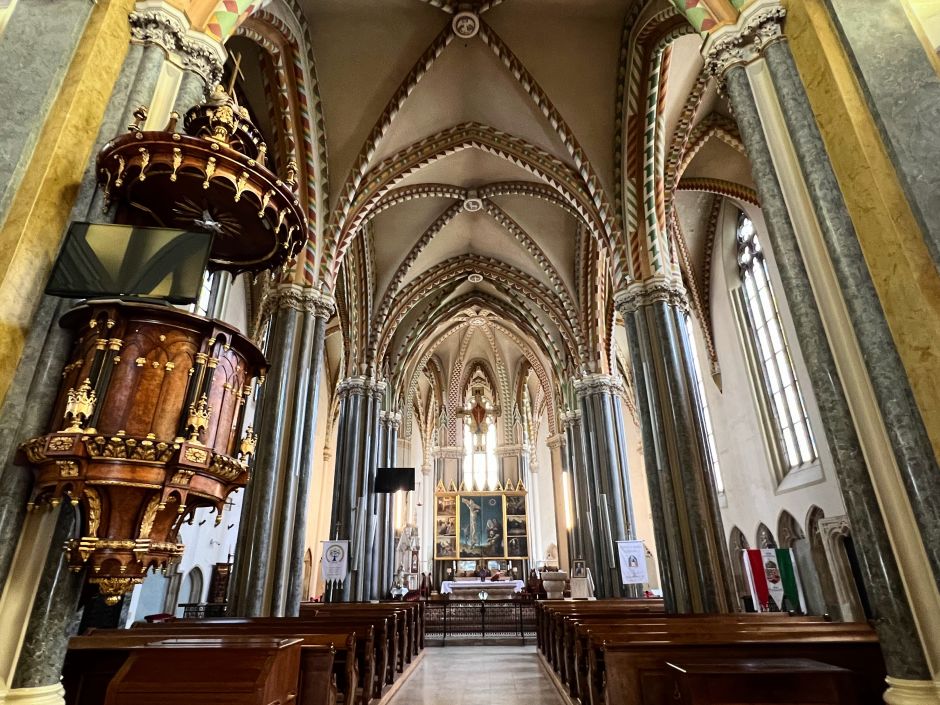
#44 - Visit the Inner City Parish Church (Belvárosi plébániatemplom): Even if you aren’t religious, I recommend you visit this wonderful Budapest church, a true palimpsest of history with Roman, Romanesque, Gothic, Ottoman, Renaissance, Baroque, Neoclassical, Revival-style, and modern elements. There’s nothing like it in Budapest. The church’s continued existence is actually a small miracle; given its close proximity to Elisabeth Bridge and the car-forward urban planning of the 20th century, the idea of razing or moving it periodically resurfaced. Details.
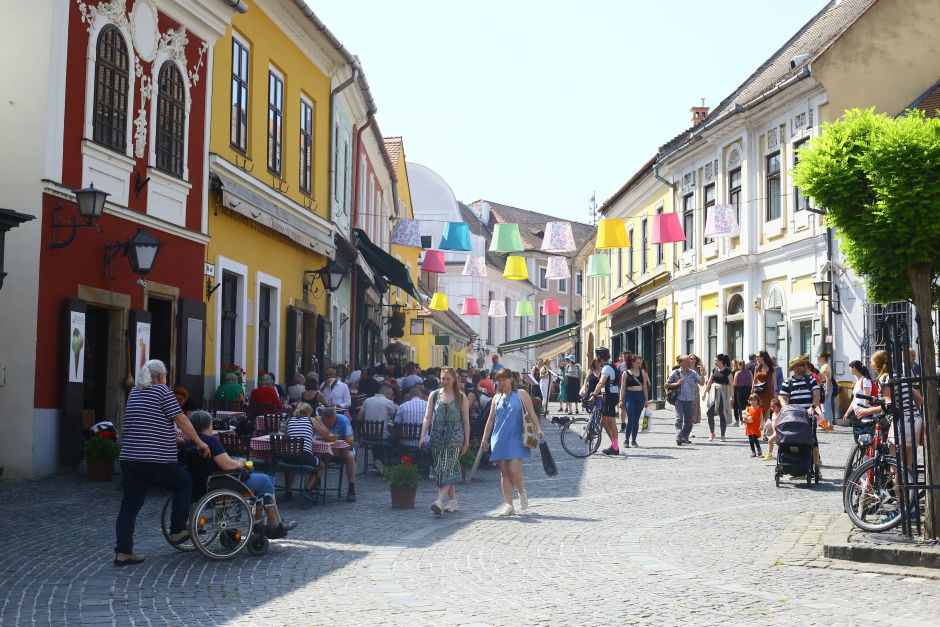
#45 - Take a day trip to Szentendre: Szentendre is a small, picturesque town about 45-minutes from Budapest by public transport and best known for its Mediterranean atmosphere, history of Serbian residents, and vibrant museum scene. It can make for a relaxing, culture-filled day trip. My Szentendre guide could help you get around.

#46 - Take a weekend trip to Pécs: The city of Marcel Breuer, of excellent museums, of rich Roman and Ottoman remains, Pécs is the most cultural city in Hungary beside Budapest, reachable within two hours by car. It's also a dynamic university town with a growing restaurant landscape. Here, find out how to spend an event-packed weekend in Pécs.
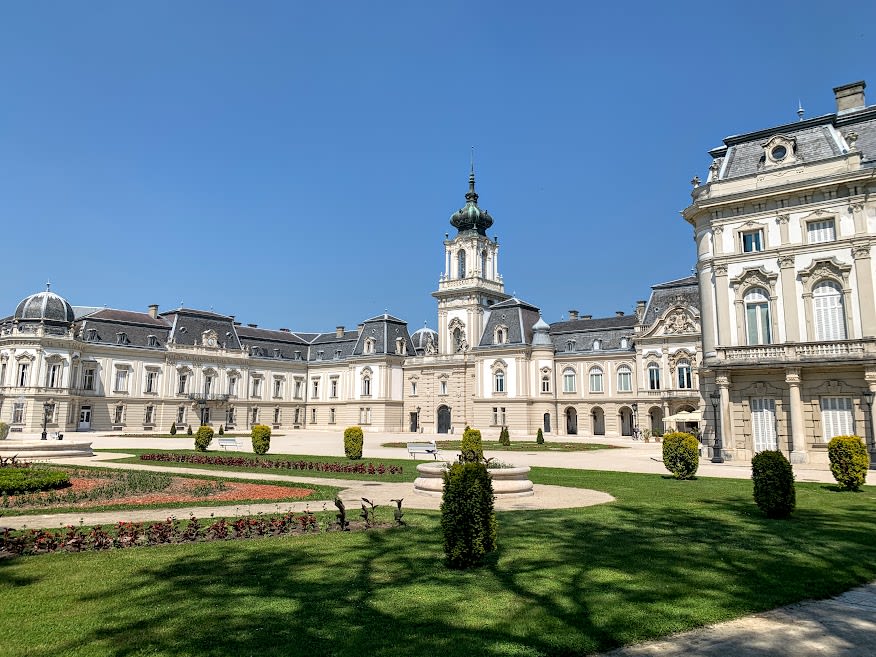
#47 - Take a weekend trip to Lake Balaton: During the warmer months, locals like to wind down by Balaton, Central Europe's biggest lake located in Western Hungary. There are countless villages and vacations resorts to visit; my favorite is Keszthely, historically the cultural capital of Balaton. Although less fashionable and a bit farther than some other parts, the rich legacy of the Festetics family makes Keszthely a worthy weekend destination. My guide could help you discover it.
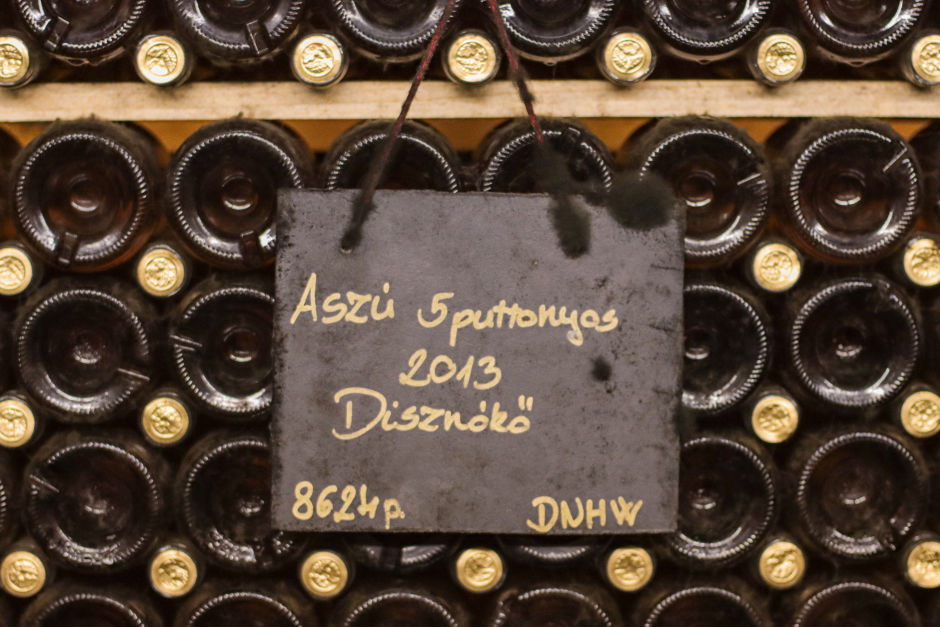
#48 - Take a weekend trip to the Tokaj wine region: "The wine of kings, the king of wines," said famously Louis XIV of France, referring to Tokaj, the world's oldest designated wine region, located two-and-a-half hours from Budapest by car. If you're into wines and curious about a uniquely beautiful and culturally layered (and rather poor) part of the Hungarian countryside, you should consider a Tokaj trip. My beginners guide will get you started, and I also have recommendations for wineries, hotels, restaurants, and non-wine-related activities.
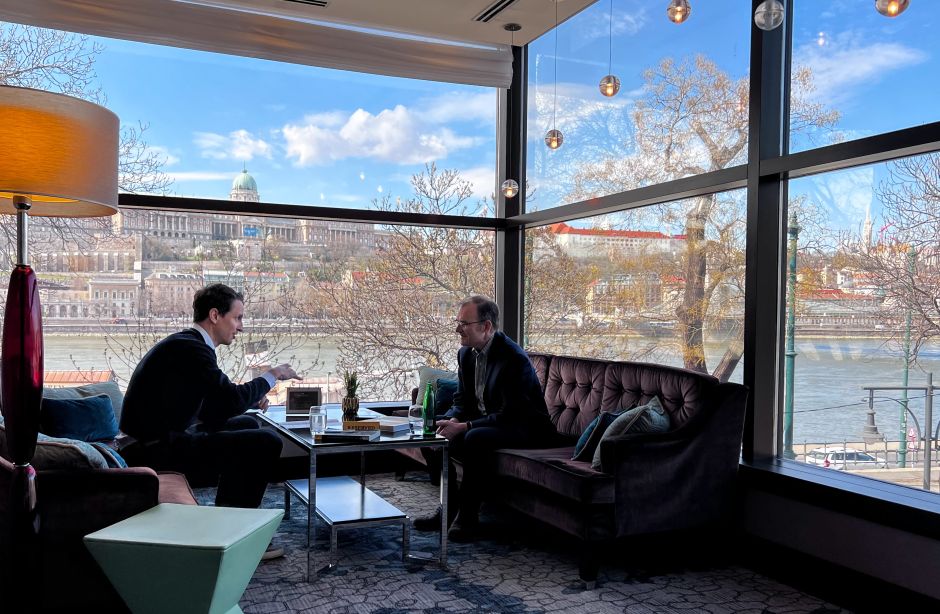
#49 - Prepare for your Budapest trip with my interviews: Find out how others view Budapest – whether it's an art historian from Columbia University; a local star professor; a New York Times journalist; an expert of Austria-Hungary; or a culinary ethnographer specializing in Hungarian food. Here, the full list of people.
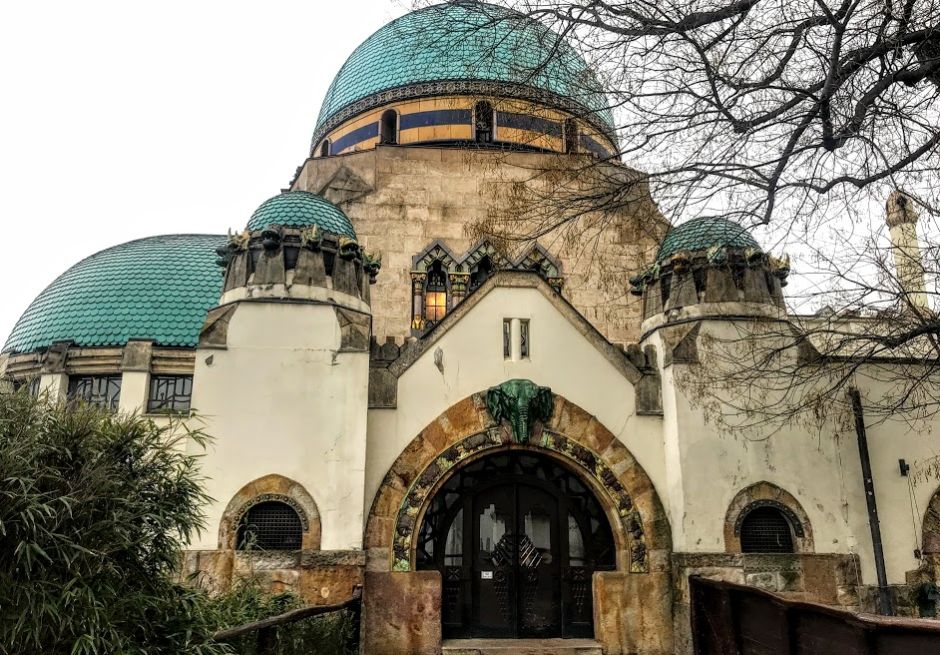
#50 - Visit the Budapest Zoo: Not far from Budapest's city center lies one of the oldest zoos in Europe, dating back to 1866. With elaborate Art Nouveau buildings housing the animals, a visit doubles as a tour of architecture. Although open year-round, note that some of the animals might be hibernating in the winter months away from the public eye. Economically, the thermal water of the neighboring Széchenyi baths provides much of the zoo's heating.
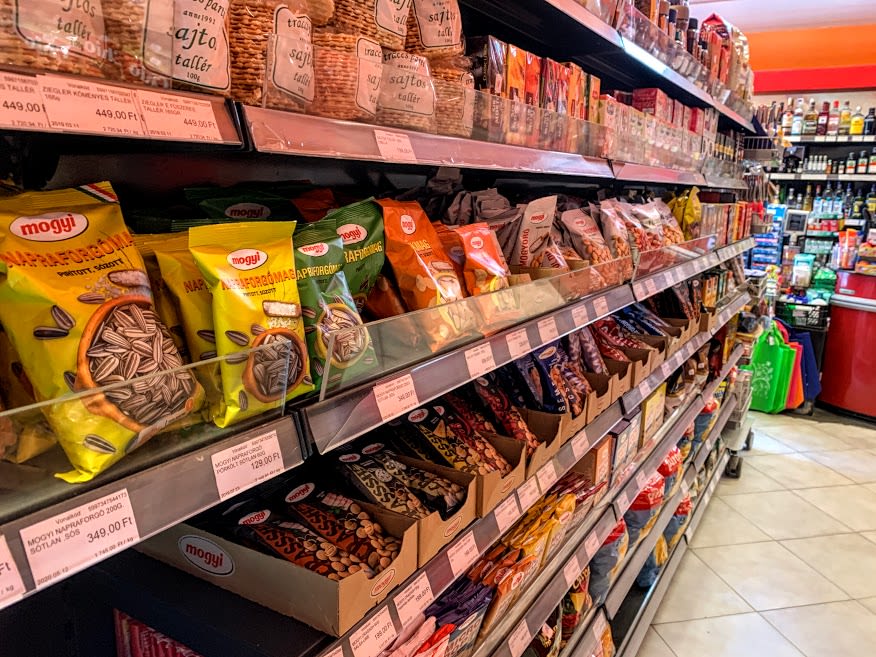
#51 - Visit a local supermarket: A good way to gauge the "true" side of a city? Visit a grocery store! It's there that you'll glimpse a broad cross-section of Hungarian people and what they like to – and can afford to – eat and drink. Any grocery store will do, but try a CBA store, part of a domestic chain, for the truest-to-Budapest experience.
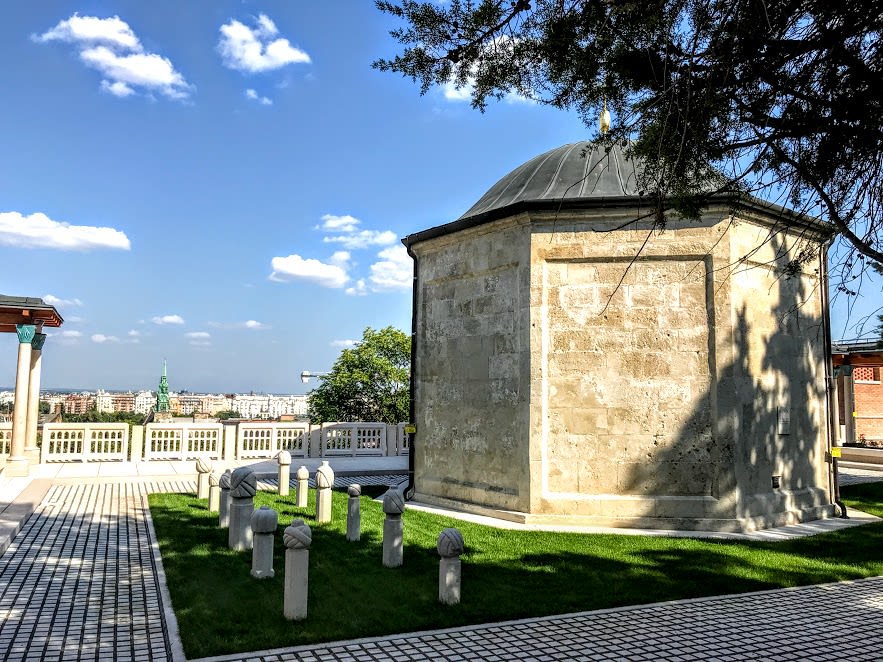
#52 - Climb up to the scenic tomb of Gül Baba: Gül Baba, "father of the roses," was a muslim monk who died in 1541, when Ottoman Turkey occupied Buda-Pest. His impressive octagonal tomb (türbe) hides on a peaceful hillside right near the city center with sweeping views. For the best experience, climb up on Mecset utca through the rose garden, and leave the area on the other side down the winding Gül Baba utca.
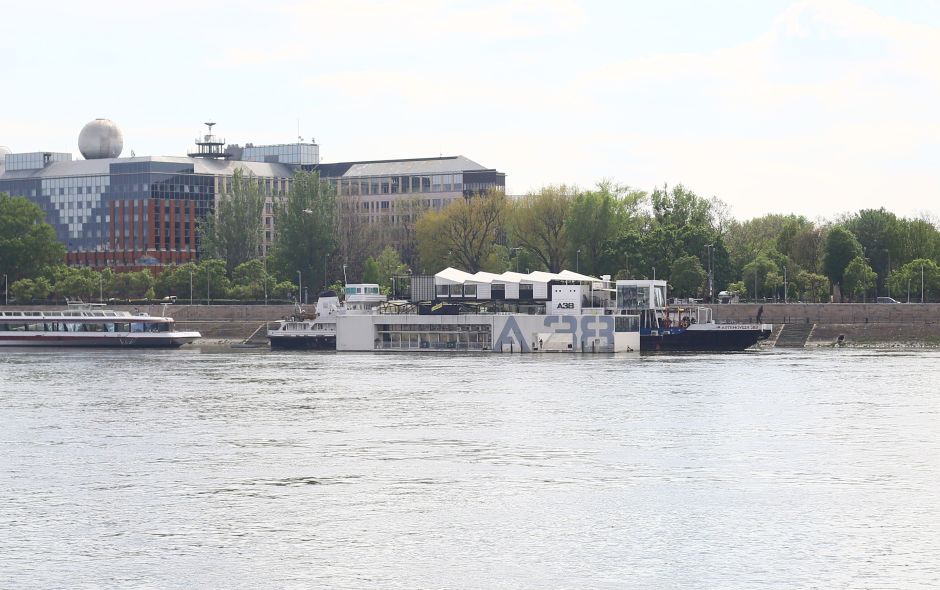
#53 - Go to a concert on the A38 ship docked in the Danube: The ship was a Ukrainian stone carrier lumbering on the Danube before being converted into the city's go-to concert venue, hosting well-known international and local bands almost every night of the week.
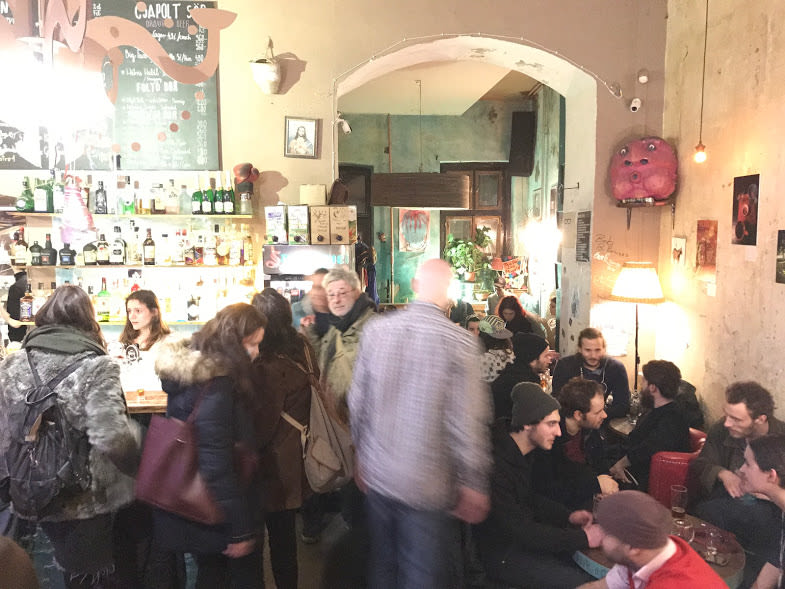
#54 - Experience the nightlife of the old Jewish Quarter: Budapest's Jewish Quarter in District 7 was neglected for decades; recently, though, thanks to an influx of young people and tourists, the streets are home to a revitalized culture, lined with cafés, bars, and restaurants.
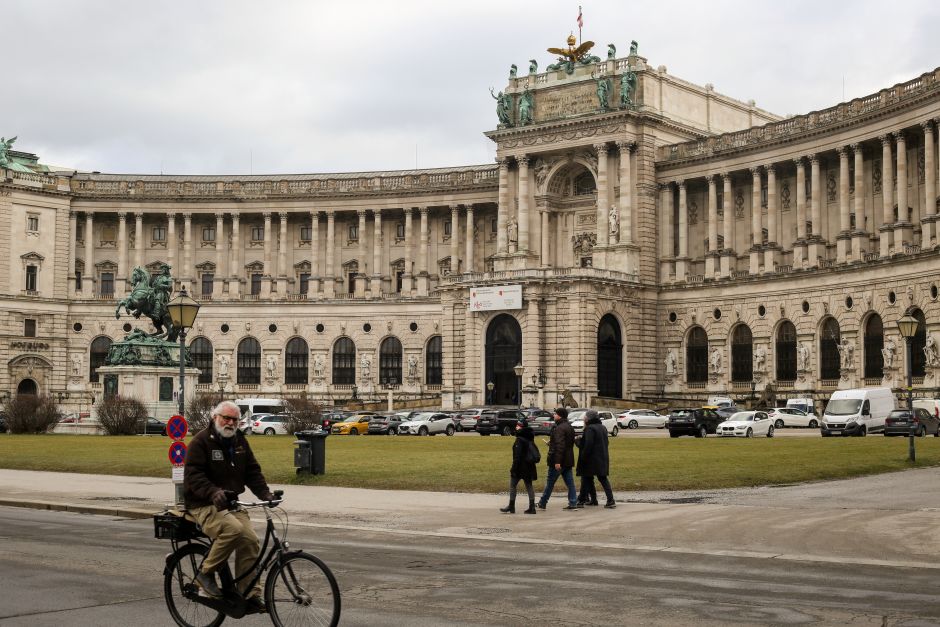
#55 - Prep for your Vienna trip: Thne two capital cities of Austria-Hungary, Vienna and Budapest, still share many similarities when it comes to food, architecture, and culture in general (notable differences also exist, starting with language). If your next destination is Vienna, where I live part-time, you could try exploring the city through my recommendations.
